Table of Contents
Introduction
If you thought Amethyst is the only stone that wears a purple robe and sits proudly on the pedestal of épique luxury, I might have to break that bubble for you & you’ll thank me later.
Purple gemstones have captivated humanity for centuries with their regal hues and mystical allure. From the well-known amethyst to the rare purple sapphire, these stones offer a diverse palette of violet shades that cater to various tastes and budgets all while adding that extra sprinkle of charm to your wardrobe as well as your life.
In this article, let’s discuss 17 stunning purple gemstones, each with their unique characteristics.
But before that, have a look at this image showing all of them at once-

1. Amethyst: The Classic Purple Beauty
Well, it’s obvious I had to talk about this beauty first.
Amethyst, the February birthstone, is perhaps the most famous purple gemstone. This variety of quartz ranges from pale lilac to deep reddish-purple. With a hardness of 7 on the Mohs scale, amethyst is durable enough for everyday wear.
Once considered as precious as rubies and sapphires, to the point that commoners weren’t allowed (the audacity of elites duhh) to wear it;
amethyst became more accessible after large deposits were discovered in Brazil in the mid-1900s.

Ancient Greeks believed amethyst could prevent intoxication, leading to the creation of drinking vessels made from this stone.
Some amethysts can be heat-treated to produce citrine or prasiolite (green quartz). Check out the blog to understand whether your amethyst is real or not.
In case you are curious to read more about this gorgeous beauty, I have the article for you that talks everything about Amethyst crystals in detail.
2. Purple Sapphire: The Regal Rarity
Sapphires, sapphires, sapphires…If there could be a song lyric I could dedicate to this epitome of luxury on behalf of our entire human race, it’d be - “Trippin’ fallin’ with no safety net” cuz this one’s got all of us swoon about it.
Sapphire itself comes in multiple shades of blue ranging from the deep royal blues to the pale sky blues. But did you know that there’s purple sapphires too, commonly known as Khooni Neelam, that are pretty rare & it’s rarity is what makes it a valuable gemstone. With a hardness of 9 on the Mohs scale, it's second only to diamond in durability.
If elegance, sophistication, creativity, wisdom and spiritual growth could have been packed in 1 single stone, it’s this purple sapphire.

Purple sapphires can display hues from bluish-purple to reddish-purple.
In Vedic astrology, purple sapphire is associated with Saturn and is believed to offer protection from negative energies.
3. Tanzanite: The Trichroic Wonder
Discovered in 1967 near Mount Kilimanjaro, tanzanite is a relatively new addition to the gemstone world. This variety of zoisite is known for its striking blue-violet color and pleochroic properties, showing different colors when viewed from different angles.

Tanzanite is considered 1000 times rarer than diamonds.
It's believed to aid in spiritual awakening and enhance intuition.
4. Purple Tourmaline: The Versatile Gem
As a stone available in brown, red, orange, yellow, green, blue, violet, pink, or hues in-between to even being colorless, tourmaline is probably the rainbow we all need in our life.
Though, generally you’ll find it in the shades of green and red.
Purple tourmaline on that note, part of the diverse tourmaline family, offers a range of purple hues from soft lavender to deep grape. With a hardness of 7 to 7.5, it's suitable for various jewelry applications.

Some purple tourmalines display a cat's eye effect, adding to their allure.
5. Purple Zircon: The Diamond Doppelgänger
Purple zircon is a rare and dazzling gemstone that often masquerades as diamond due to its exceptional brilliance and fire. Its vibrant hues range from soft lavender to deep violet, courtesy of trace elements (it’s actually a silicate mineral) or heat treatment.
With a Mohs hardness of 6 to 7.5, purple zircon is suitable for most jewelry types, though it requires some care to prevent scratches.

Its high refractive index and double refraction give purple zircon a distinctive sparkle that sets it apart from other purple gemstones so if your eyes judge things before your soul does, this one will pass the vibe check.
Thinking of getting zircon instead of a diamond but need more reasons? I got you! Check out this article that talks about everything zircon.
6. Purple Garnet: The Underrated Beauty
Garnet, the January birthstone, although now available in a palette of multiple colors (due to group formation of closely related minerals), always has been adored for it’s red color for it carries it’s own history.
However, did you know that there’s a purple garnet existing on this planet, that goes by the name - “rhodolite” and typically exhibits a mix of red and purple hues. It's a variety of pyrope-almandine garnet with excellent brilliance and fire.

Purple garnets were first found in Madagascar in the late 1990s.
7. Purple Spinel: The Brilliant Impersonator
Made up of magnesium and aluminum, spinel alongside tourmaline boasts a range of multiple colors, purple being one of them.
Long mistaken for other gemstones (including some famous "rubies" in crown jewels), purple spinel is finally getting its due recognition. It offers exceptional brilliance and a hardness of 8, making it suitable for everyday wear.

Purple spinel is believed to promote calmness, creativity, and spiritual growth.
8. Lavender Jade: The Soothing Stone
Lavender jade, a light purple variety of jadeite, a gentle shade of purple that’s not too dark or saturated, is highly prized in Asian cultures. It's believed to purify energy and prevent negative thoughts and emotions, bringing it close to an amethyst (and it’s use in the Buddhist culture).

Lavender jade gets its color from titanium content.
9. Purple Topaz: The Chameleon Gem
Topaz, along with Citrine is a November birthstone, majorly known for its orange, yellow and blue colors. However, nature also has blessed us with a purple topaz. It has a hardness of 8, making it quite durable for jewelry use.

The purple hue in topaz is often attributed to chromium content.
10. Purple Spodumene (Kunzite): The Pastel Beauty
Typically known for its pink varieties, spodumene also occurs in light purple hue. It's known for its strong pleochroism and delicate pastel colors.

Kunzite can fade with prolonged exposure to sunlight, so it's best worn in evening jewelry.
11. Purple Scapolite: The Fluorescent Gem
Also known an marialite, similar in appearance to amethyst but softer, purple scapolite is known for its distinctive fluorescent properties. Purple scapolite in it’s crystal form, is an extremely rare gem. It's more of a collector's stone due to its relative softness.

Under UV light, purple scapolite can exhibit a striking orange fluorescence.
12. Sugilite: The Opaque Oddity
Sugilite is a rare, pink to purple cyclosilicate mineral. It has an opaque to translucent clarity with a deep purple color, often with black matrix patterns. It's typically cut into cabochons or beads due to its opacity.

Sometimes called "manganese gem" due to its high manganese content.
13. Charoite: The Swirling Purple
Charoite is a rare semi-precious silicate mineral known for its vibrant purple color with swirling patterns. It's only found in one location in Siberia, Russia, adding to its rarity and appeal.
It is also known as the lilac stone and has a glass-like appearance.

The unique swirling patterns in charoite make each piece one-of-a-kind. Wanting to get your hands on one this swirly beauty? Check this article before that.
14. Purple Fluorite: The Rainbow Maker
Purple fluorite is sister to amethyst when it comes to the spiritual aspect. This peace-giving gemstone is devoted to the part of the mind that connects with spirits, helping in keep the mind clean and increase mental eagerness.
While softer than many gemstones, purple fluorite is prized by collectors for its beautiful color and interesting crystal formations. It's known for its fluorescence under UV light.

Fluorite has a low refractive index, giving it a glassy appearance. Fluorites will make you swoon over itself and we are here to support the cause with this article.
15. Lepidolite: The Stress-Busting Beauty
Lepidolite, a lithium-rich mica mineral, offers a soft, lavender to lilac-purple hue that's as soothing to the eye as it is to the mind. This stone is known for its calming properties and is often used in meditation practices.
With a Mohs hardness of 2.5 to 3, lepidolite is quite soft, making it more suitable for pendants and earrings rather than rings.

Lepidolite is believed to be a powerful stress reducer and mood stabilizer, promoting emotional balance and inner peace.
Its flaky, pearlescent appearance gives lepidolite a distinct shimmer, setting it apart from other purple stones.
16. Iolite: The Viking's Compass
Iolite, also known as water sapphire or cordierite, is a gemstone that displays a beautiful violet-blue color. Its name comes from the Greek word "ios," meaning violet.
Iolite is strongly pleochroic, appearing violet-blue from one angle and nearly colorless from another. This property made it useful to Viking navigators as a polarizing filter.

With a Mohs hardness of 7 to 7.5, iolite is durable enough for most jewelry applications.
Despite its nickname "water sapphire," iolite is much more affordable than true sapphires, making it a popular alternative in jewelry.
17. Chalcedony: The Pastel Dream
While chalcedony comes in many colors, its purple variety, often called "holley blue agate," offers a soft, pastel purple that's both elegant and understated.
Purple chalcedony is a microcrystalline quartz, formed from solutions rich in silica. With a Mohs hardness of 6.5 to 7, purple chalcedony is suitable for all types of jewelry.

Purple chalcedony is associated with creativity, imagination, and dream recall. It's often used to promote restful sleep and vivid dreams.
Its translucent to opaque appearance gives purple chalcedony a soft, dreamy quality that distinguishes it from more transparent purple gems.
Can’t remember which purple gem is which? This table breaks down the key differences between amethyst and its 16 stunning lookalikes — from color tones and transparency to hardness and rarity. Use it as your cheat sheet for choosing the right stone, identifying what you already own, or just impressing people with your gem knowledge.
If you’ve made it this far, welcome to the purple stone suitors gang!
From the classic beauty of amethyst to the rare allure of purple sapphire, these 17 purple gemstones offer a fascinating journey through the violet spectrum of the mineral world. Whether you're drawn to their metaphysical properties, their historical significance, or simply their stunning beauty, there's a purple gemstone to suit every taste and purpose.
#there_is_a_purple_for_everyone
Frequently Asked Questions
Q: Why do some amethysts look pinkish or reddish under certain lights?
Due to its iron content and internal structure, amethysts can show red or pink flashes. Under incandescent lighting, deeper-toned amethysts may appear warmer. This isn't a flaw but a sign of quality. However, if the whole stone turns pink, it could be a rose de France variety (light lavender) or even treated quartz.
Q: Can amethyst ever be magnetic? What if my stone reacts to a magnet?
Natural amethyst should not be magnetic. If your purple stone is attracted to a magnet, it's likely a synthetic or lab-grown material doped with metallic elements, or it's not amethyst at all. This is a good at-home red flag test.
Q: What's the difference between amethyst and purple zircon?
Zircon has a higher brilliance and refractive index. As a result, it sparkles more like a diamond and is much denser. If two same-sized stones feel different in weight, the heavier one could be zircon. Amethyst has more of a soft, velvety glow rather than a diamond-like sparkle.
Q: Is charoite the same as amethyst? Why does it look similar?
They're completely different minerals. Charoite is rarer, found mainly in Russia, and has a swirling, fibrous pattern with lavender and violet hues. Amethyst, by contrast, has a more crystalline structure and consistent purple tones. If your stone has white, black, or silvery streaks, it's likely charoite, not amethyst.
Q: Why does my amethyst look different in sunlight vs indoor lighting?
Amethyst's iron-based coloring reacts subtly to different light sources. Under natural daylight, the color often looks cooler (bluish violet), while it may appear slightly redder or deeper under warm indoor lights. This is completely normal and expected for genuine amethyst.
Q: Are synthetic purple stones ever sold as amethyst by mistake?
Yes, unfortunately. Stones like purple cubic zirconia, synthetic quartz, and even glass are sometimes mislabeled, especially in unregulated markets. That's why you should always buy from reputable sellers and ask for gemstone certificates, in case of high-value amethysts.
Q: What's the best lighting to view amethyst accurately when comparing it to other stones?
Use natural daylight (north-facing light) or a daylight-balanced LED lamp to evaluate the actual color. Avoid incandescent bulbs as they can distort purple tones and make different stones appear more similar. Proper lighting helps you distinguish between amethyst and lookalikes like purple garnet, fluorite, or glass.
Visited 1209 No. of Time(s), 142 Visit(s) Today
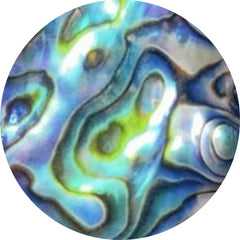 ABALONE SHELL (112)
ABALONE SHELL (112)
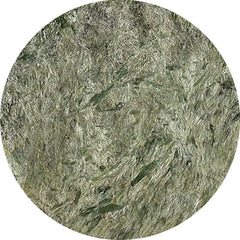 ACTINOLITE (4)
ACTINOLITE (4)
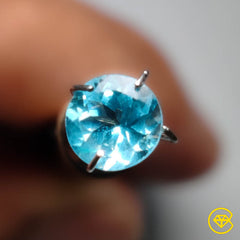 Affordable Gemstones (17152)
Affordable Gemstones (17152)
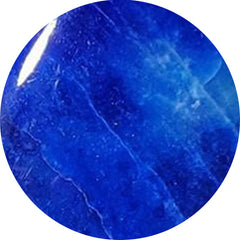 AFGHANITE (10)
AFGHANITE (10)
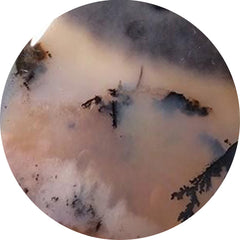 AGATE (2583)
AGATE (2583)
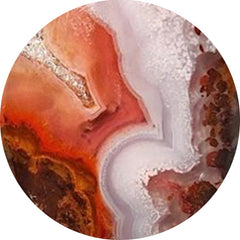 AGUA NUEVA (11)
AGUA NUEVA (11)
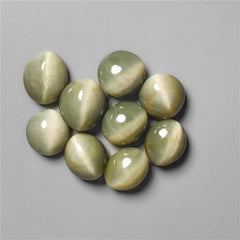 All Gemstones (4)
All Gemstones (4)
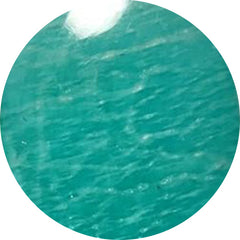 AMAZONITE (191)
AMAZONITE (191)
 AMBER (113)
AMBER (113)
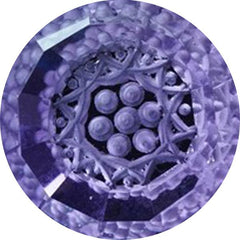 Amethyst (538)
Amethyst (538)
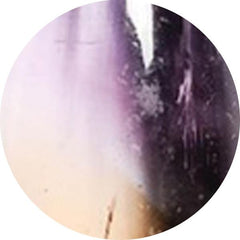 AMETRINE (0)
AMETRINE (0)
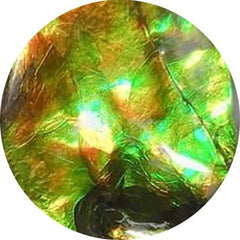 AMMOLITE (25)
AMMOLITE (25)
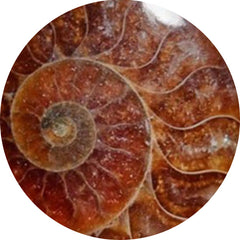 AMMONITE (89)
AMMONITE (89)
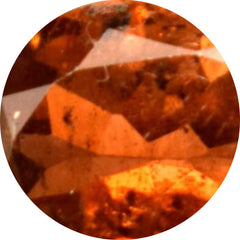 ANDALUSITE (1)
ANDALUSITE (1)
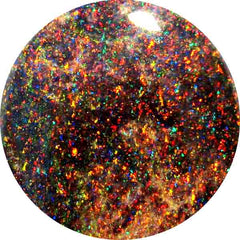 ANDAMOOKA OPAL (0)
ANDAMOOKA OPAL (0)
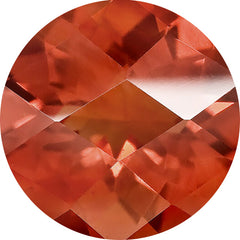 ANDESINE (1)
ANDESINE (1)
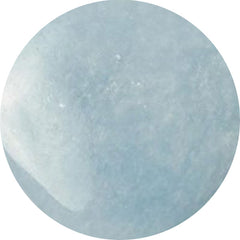 ANGELITE (32)
ANGELITE (32)
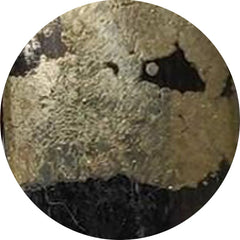 APACHE GOLD (25)
APACHE GOLD (25)
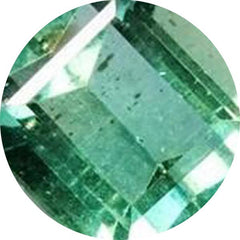 APATITE (132)
APATITE (132)
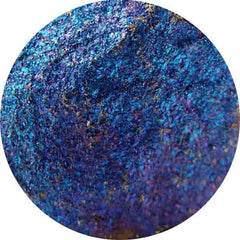 APOPHYLLITE (1)
APOPHYLLITE (1)
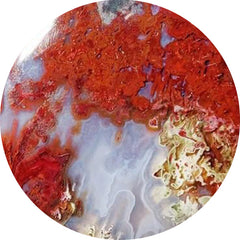 APPLE VALLEY AGATE (0)
APPLE VALLEY AGATE (0)
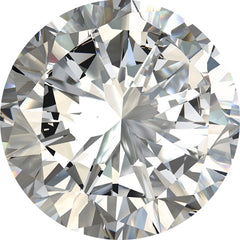 APRIL BIRTHSTONE (39)
APRIL BIRTHSTONE (39)
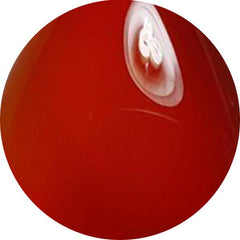 AQEEQ (0)
AQEEQ (0)
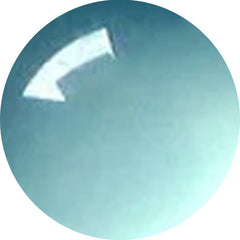 AQUA CHALCEDONY (23)
AQUA CHALCEDONY (23)
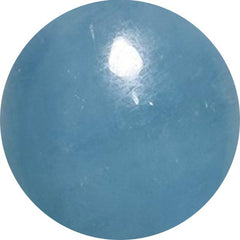 AQUAMARINE (69)
AQUAMARINE (69)
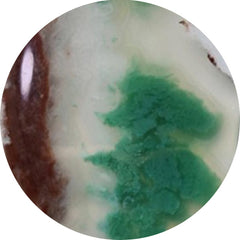 AQUAPRASE (61)
AQUAPRASE (61)
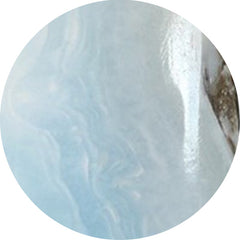 ARAGONITE (2)
ARAGONITE (2)
 ARFVEDSONITE (15)
ARFVEDSONITE (15)
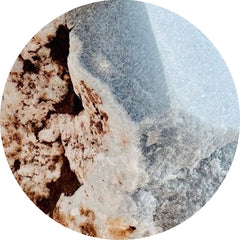 ARISTOLITE (0)
ARISTOLITE (0)
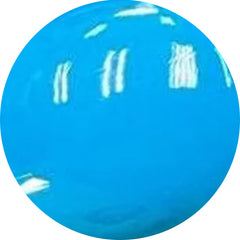 ARIZONA TURQUOISE (0)
ARIZONA TURQUOISE (0)
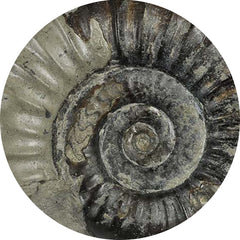 ARNIOCERAS SEMICOSTATUM FOSSIL (0)
ARNIOCERAS SEMICOSTATUM FOSSIL (0)
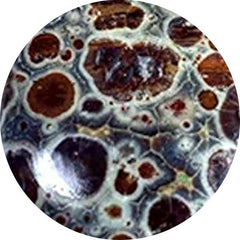 ASTEROID JASPER (11)
ASTEROID JASPER (11)
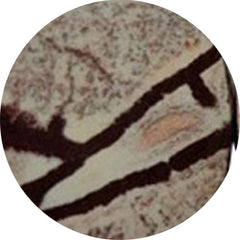 ASTROPHYLLITE (58)
ASTROPHYLLITE (58)
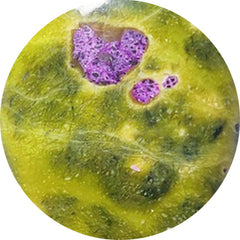 ATLANTASITE (93)
ATLANTASITE (93)
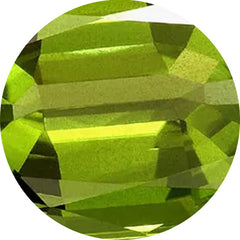 AUGUST BIRTHSTONE (28)
AUGUST BIRTHSTONE (28)
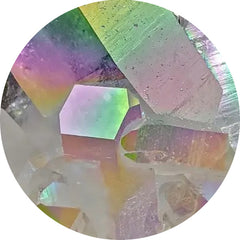 AURA QUARTZ (0)
AURA QUARTZ (0)
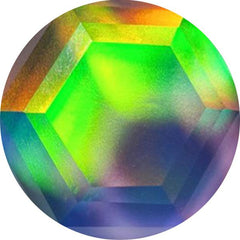 AURORA OPAL (280)
AURORA OPAL (280)
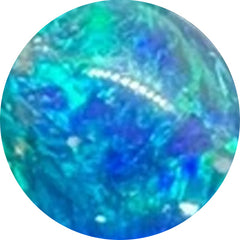 AUSTRALIAN OPAL (7)
AUSTRALIAN OPAL (7)
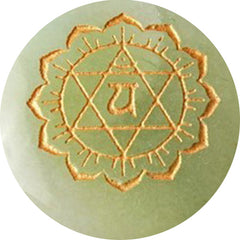 AVENTURINE (75)
AVENTURINE (75)
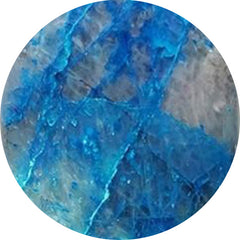 AZURITE (276)
AZURITE (276)
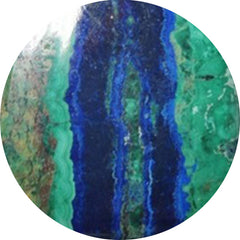 AZURITE MALACHITE (34)
AZURITE MALACHITE (34)
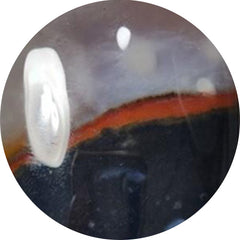 BANDED AGATE (73)
BANDED AGATE (73)
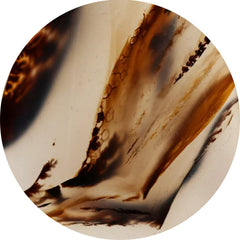 BARBER AGATE (0)
BARBER AGATE (0)
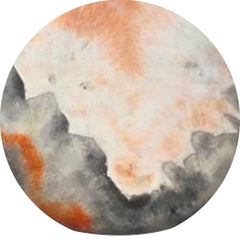 BARITE (12)
BARITE (12)
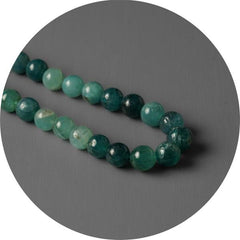 Beads (56)
Beads (56)
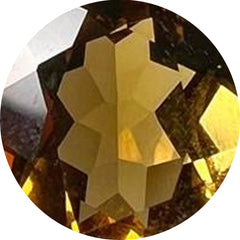 BEER QUARTZ (22)
BEER QUARTZ (22)
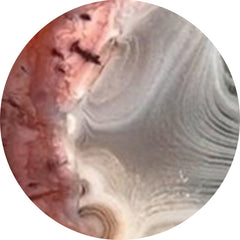 BERBER AGATE (6)
BERBER AGATE (6)
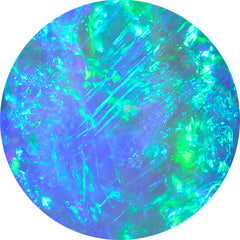 Best Seller (0)
Best Seller (0)
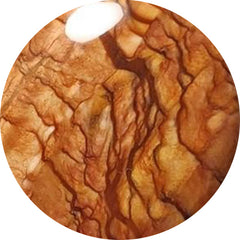 BIGGS JASPER (34)
BIGGS JASPER (34)
 Bird Carving (91)
Bird Carving (91)
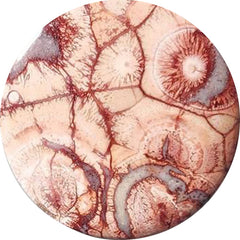 BIRD EYE JASPER (50)
BIRD EYE JASPER (50)
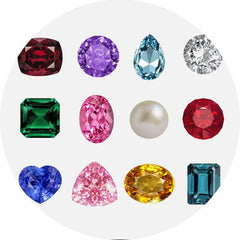 Birthstones (0)
Birthstones (0)
 BIWA PEARL (38)
BIWA PEARL (38)
 Black Gemstones (890)
Black Gemstones (890)
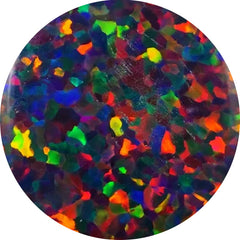 BLACK OPAL (42)
BLACK OPAL (42)
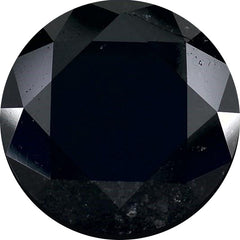 BLACK SPINEL (16)
BLACK SPINEL (16)
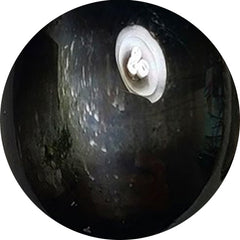 BLACK STAR (33)
BLACK STAR (33)
 BLISTER PEARL (31)
BLISTER PEARL (31)
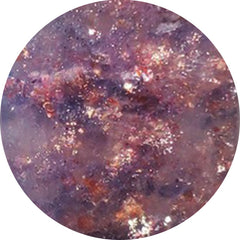 BLOODSHOT IOLITE (52)
BLOODSHOT IOLITE (52)
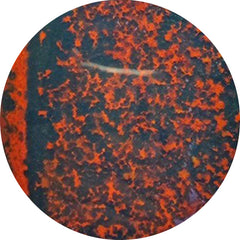 BLOODSTONE (84)
BLOODSTONE (84)
 BLUE CHALCEDONY (57)
BLUE CHALCEDONY (57)
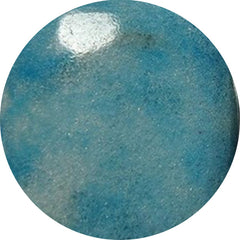 BLUE DIOPSIDE (0)
BLUE DIOPSIDE (0)
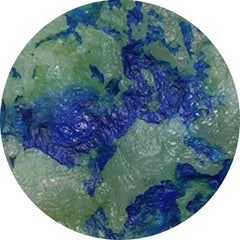 BLUE HORIZON (15)
BLUE HORIZON (15)
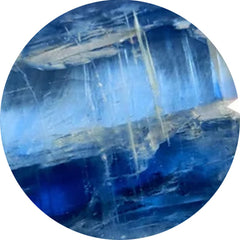 BLUE KYANITE (45)
BLUE KYANITE (45)
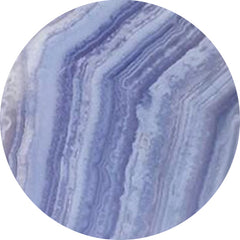 BLUE LACE AGATE (248)
BLUE LACE AGATE (248)
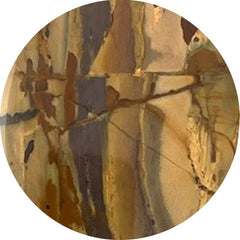 BLUE MOUNTAIN JASPER (0)
BLUE MOUNTAIN JASPER (0)
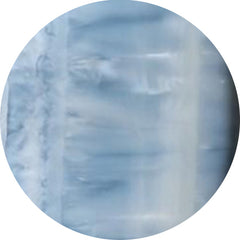 BLUE OPAL (175)
BLUE OPAL (175)
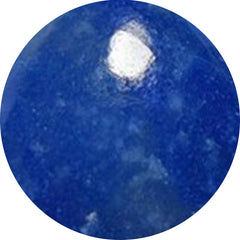 BLUE QUARTZ (27)
BLUE QUARTZ (27)
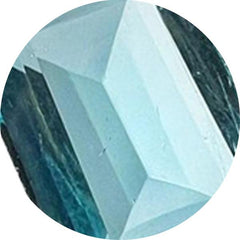 BLUE TOPAZ (72)
BLUE TOPAZ (72)
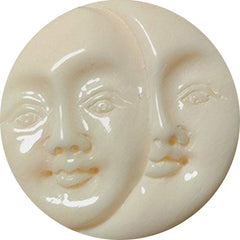 BONE (23)
BONE (23)
 BOTSWANA AGATE (242)
BOTSWANA AGATE (242)
 BRONZE (0)
BRONZE (0)
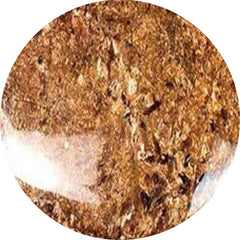 BRONZITE (2)
BRONZITE (2)
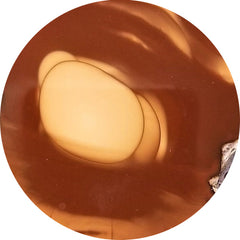 BRUNEAU JASPER (16)
BRUNEAU JASPER (16)
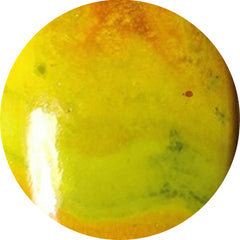 BUMBLE BEE JASPER (215)
BUMBLE BEE JASPER (215)
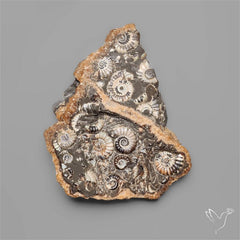 Buy Gemstones In USA (588)
Buy Gemstones In USA (588)
 Cabochon (0)
Cabochon (0)
 Cabochons (12986)
Cabochons (12986)
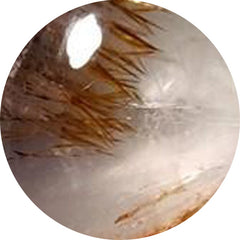 CACOXENITE (59)
CACOXENITE (59)
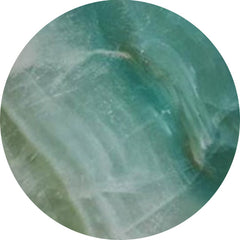 CALCITE (187)
CALCITE (187)
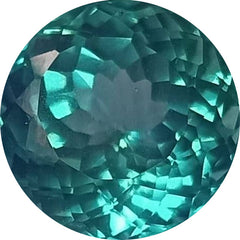 Calibrated (165)
Calibrated (165)
 CALSILICA (0)
CALSILICA (0)
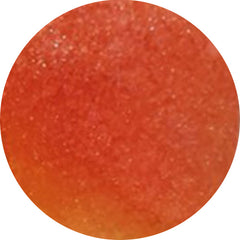 CANDY CORN (6)
CANDY CORN (6)
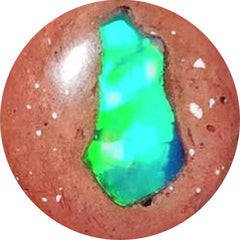 CANTERA OPAL (22)
CANTERA OPAL (22)
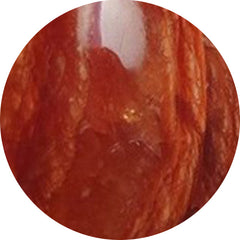 CARAMEL OPAL (3)
CARAMEL OPAL (3)
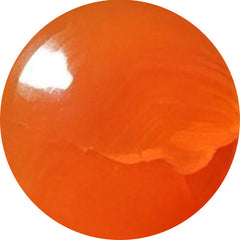 CARNELIAN AGATE (64)
CARNELIAN AGATE (64)
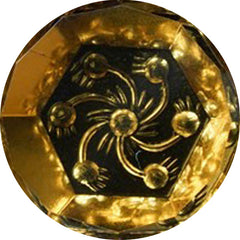 CARVING (1833)
CARVING (1833)
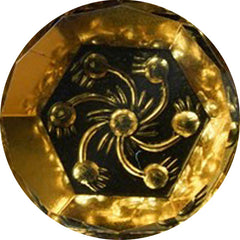 Carvings (2093)
Carvings (2093)
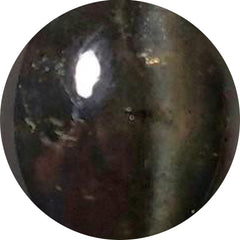 CATS EYE (67)
CATS EYE (67)
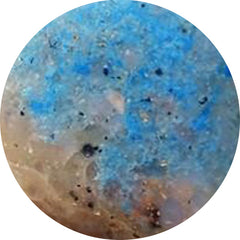 CAVANSITE (16)
CAVANSITE (16)
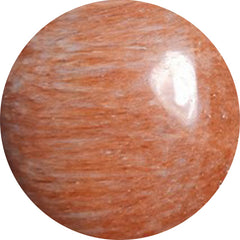 CELESTOBARITE (6)
CELESTOBARITE (6)
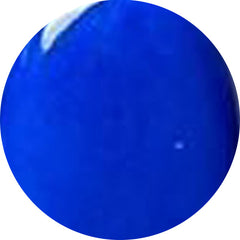 CERULEITE (0)
CERULEITE (0)
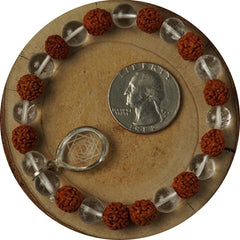 CHAKRA STONE (1)
CHAKRA STONE (1)
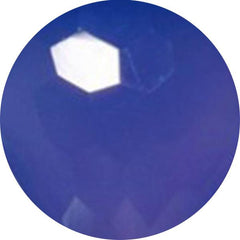 CHALCEDONY (456)
CHALCEDONY (456)
 CHAROITE (186)
CHAROITE (186)
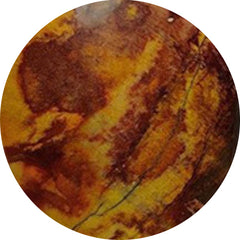 CHERRY CREEK JASPER (9)
CHERRY CREEK JASPER (9)
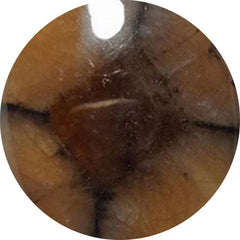 CHIASTOLITE (19)
CHIASTOLITE (19)
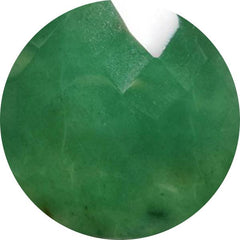 CHROME CHALCEDONY (83)
CHROME CHALCEDONY (83)
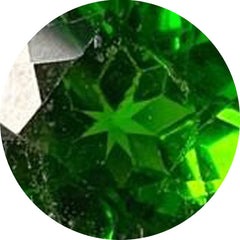 CHROME DIOPSIDE (23)
CHROME DIOPSIDE (23)
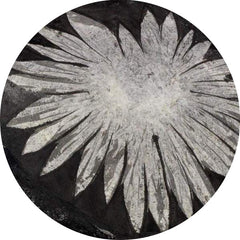 CHRYSANTHEMUM FOSSIL (0)
CHRYSANTHEMUM FOSSIL (0)
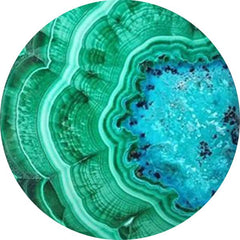 CHRYSOCOLLA (374)
CHRYSOCOLLA (374)
 Chrysocolla Malachite (72)
Chrysocolla Malachite (72)
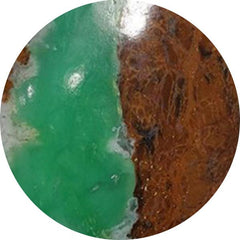 CHRYSOPRASE (267)
CHRYSOPRASE (267)
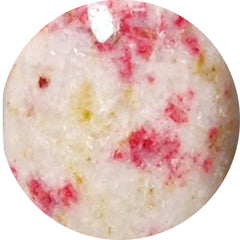 CINNABAR (20)
CINNABAR (20)
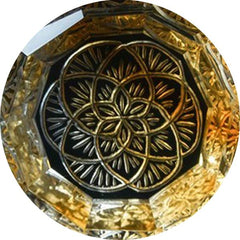 CITRINE (99)
CITRINE (99)
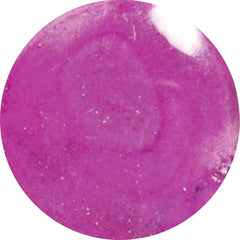 COBALTO CALCITE (64)
COBALTO CALCITE (64)
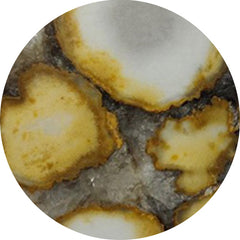 COBRA JASPER (30)
COBRA JASPER (30)
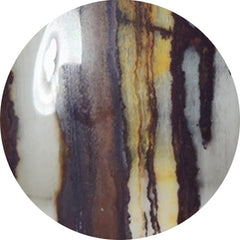 COCONUT JASPER (2)
COCONUT JASPER (2)
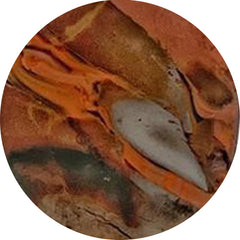 COFFEE BEAN JASPER (2)
COFFEE BEAN JASPER (2)
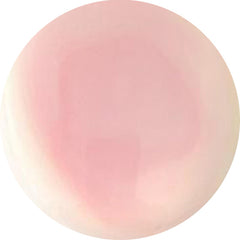 CONCH SHELL (10)
CONCH SHELL (10)
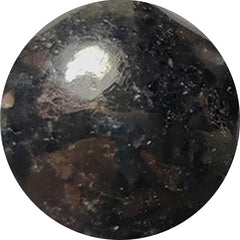 COPPERNITE (0)
COPPERNITE (0)
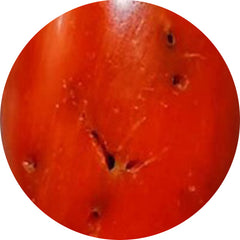 CORAL (323)
CORAL (323)
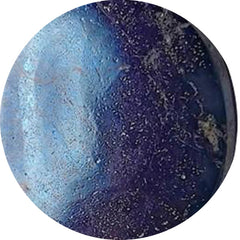 COVELLITE (9)
COVELLITE (9)
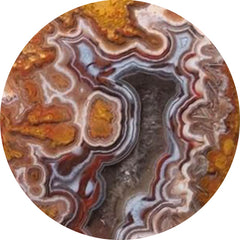 CRAZY LACE AGATE (202)
CRAZY LACE AGATE (202)
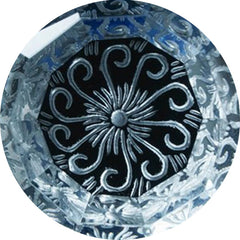 CRYSTAL (223)
CRYSTAL (223)
 CUPRITE (21)
CUPRITE (21)
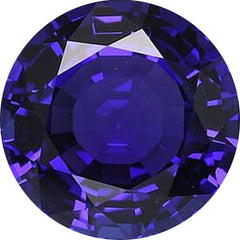 DECEMBER BIRTHSTONE (72)
DECEMBER BIRTHSTONE (72)
 DENDRITIC AGATE (491)
DENDRITIC AGATE (491)
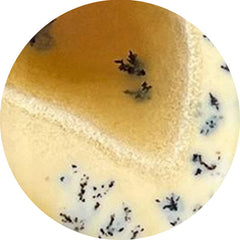 DENDRITIC OPAL (69)
DENDRITIC OPAL (69)
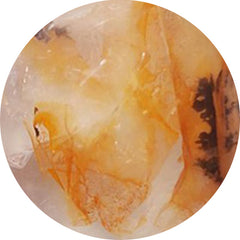 DENDRITIC QUARTZ (2)
DENDRITIC QUARTZ (2)
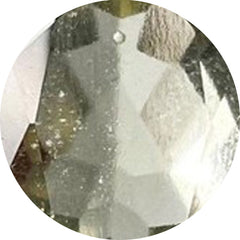 DESERT GLASS (7)
DESERT GLASS (7)
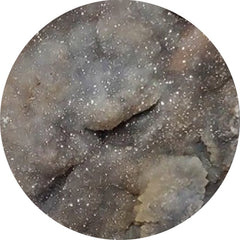 DESERT JASPER DRUZY (10)
DESERT JASPER DRUZY (10)
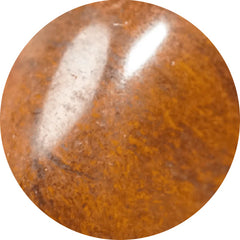 DESERT SUNSET JASPER (5)
DESERT SUNSET JASPER (5)
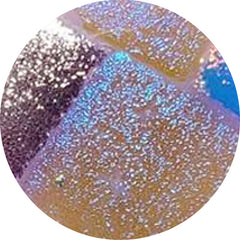 DICHROIC GLASS (138)
DICHROIC GLASS (138)
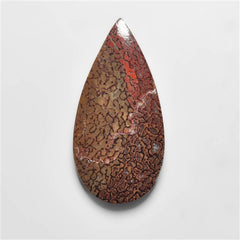 DINOSAUR BONE FOSSIL (14)
DINOSAUR BONE FOSSIL (14)
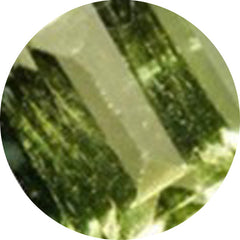 DIOPSIDE (58)
DIOPSIDE (58)
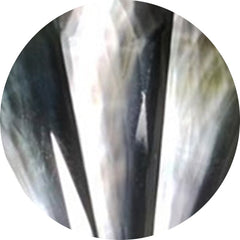 Doublets (818)
Doublets (818)
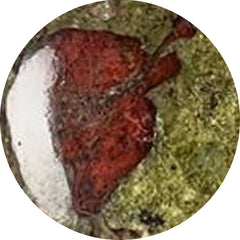 DRAGONBLOOD JASPER (1)
DRAGONBLOOD JASPER (1)
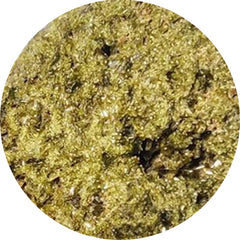 DRUZY (382)
DRUZY (382)
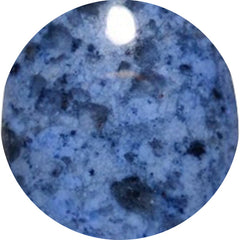 DUMORTIERITE (68)
DUMORTIERITE (68)
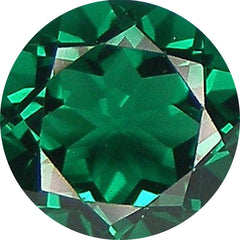 EMERALD (70)
EMERALD (70)
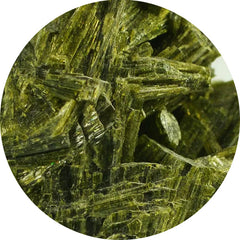 EPIDOTE (10)
EPIDOTE (10)
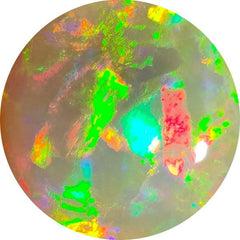 ETHIOPIAN OPAL (52)
ETHIOPIAN OPAL (52)
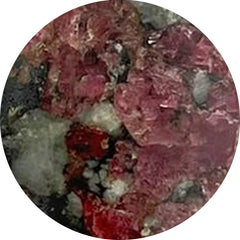 EUDIALYTE (18)
EUDIALYTE (18)
 FACETED ROSE CUT (1944)
FACETED ROSE CUT (1944)
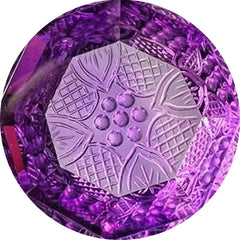 FANTASY CUTS (56)
FANTASY CUTS (56)
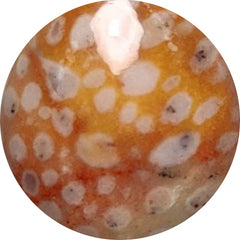 FAWN JASPER (14)
FAWN JASPER (14)
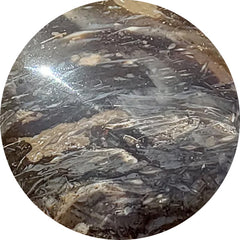 FEATHER AGATE (0)
FEATHER AGATE (0)
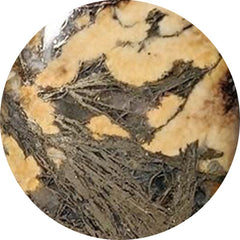 FEATHER PYRITE (40)
FEATHER PYRITE (40)
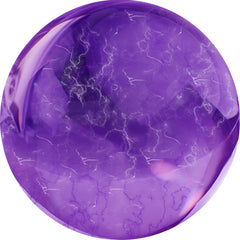 FEBRUARY BIRTHSTONE (538)
FEBRUARY BIRTHSTONE (538)
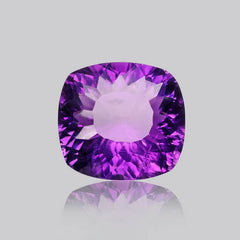 Fine Amethyst (28)
Fine Amethyst (28)
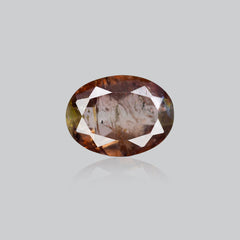 Fine Andalusite (1)
Fine Andalusite (1)
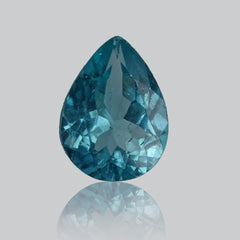 Fine Apatite (10)
Fine Apatite (10)
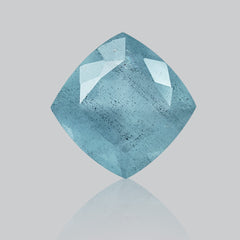 Fine Aquamarine (13)
Fine Aquamarine (13)
 Fine Blue Topaz (49)
Fine Blue Topaz (49)
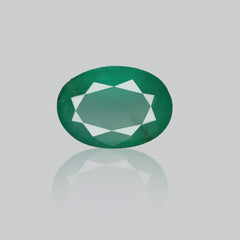 Fine Emerald (16)
Fine Emerald (16)
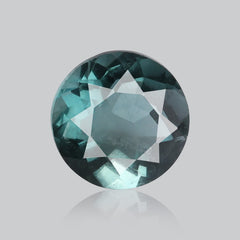 Fine Fluorite (12)
Fine Fluorite (12)
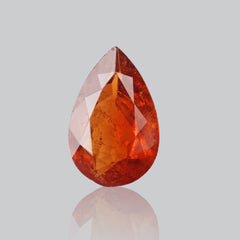 Fine Garnet (29)
Fine Garnet (29)
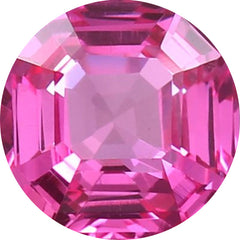 Fine Gemstone (0)
Fine Gemstone (0)
 Fine Iolite (14)
Fine Iolite (14)
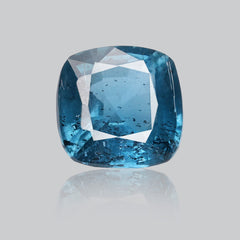 Fine Kyanite (38)
Fine Kyanite (38)
 Fine Moonstone (16)
Fine Moonstone (16)
 Fine Peridot (25)
Fine Peridot (25)
 Fine Prasiolite (30)
Fine Prasiolite (30)
 Fine Sapphire (6)
Fine Sapphire (6)
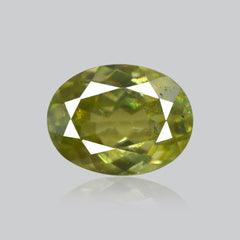 Fine Sphene (17)
Fine Sphene (17)
 Fine Sunstone (5)
Fine Sunstone (5)
 Fine Tanzanite (29)
Fine Tanzanite (29)
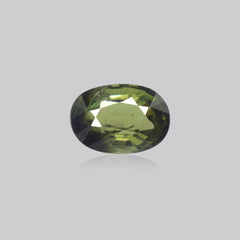 Fine Tourmaline (5)
Fine Tourmaline (5)
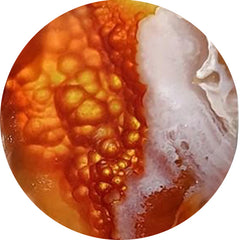 FIRE AGATE (4)
FIRE AGATE (4)
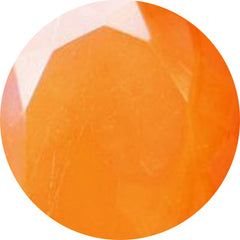 FIRE OPALS (8)
FIRE OPALS (8)
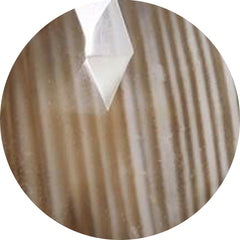 FLINT STONE (10)
FLINT STONE (10)
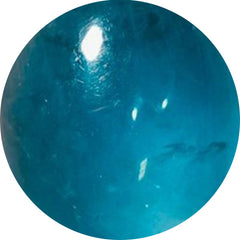 FLUORITE (181)
FLUORITE (181)
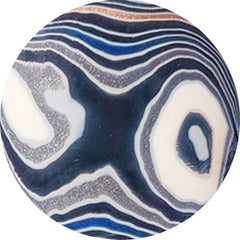 FORDITE (63)
FORDITE (63)
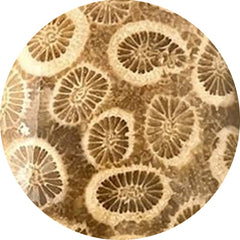 FOSSIL CORAL (286)
FOSSIL CORAL (286)
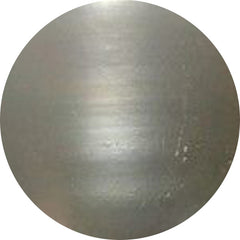 FOSSIL MARSTON MARBLE (26)
FOSSIL MARSTON MARBLE (26)
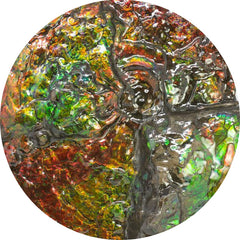 Fossils (522)
Fossils (522)
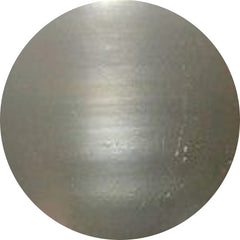 FRESHWATER PEARL (27)
FRESHWATER PEARL (27)
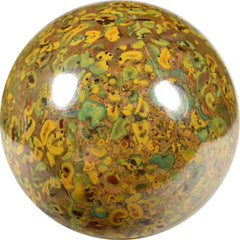 FRUIT JASPER (14)
FRUIT JASPER (14)
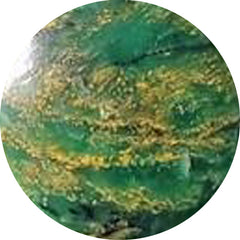 FUCHSITE (7)
FUCHSITE (7)
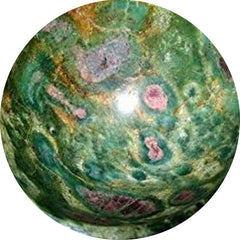 FUSCHITE (11)
FUSCHITE (11)
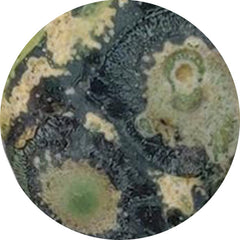 GALAXY JASPER (3)
GALAXY JASPER (3)
 GARDEN QUARTZ (5)
GARDEN QUARTZ (5)
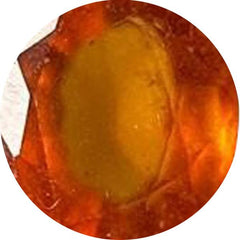 GARNET (117)
GARNET (117)
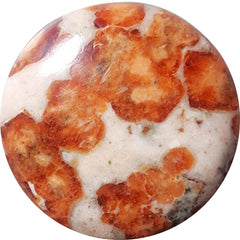 GARNET IN LIMESTONE (30)
GARNET IN LIMESTONE (30)
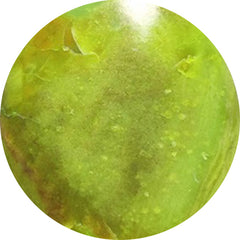 GASPEITE (24)
GASPEITE (24)
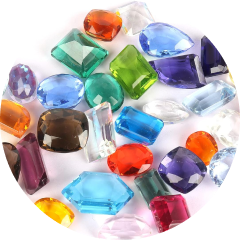 GEMSTONE LOTS (472)
GEMSTONE LOTS (472)
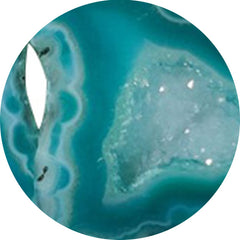 GEODE (18)
GEODE (18)
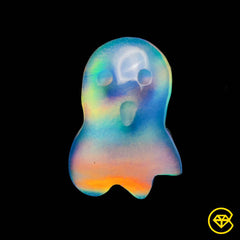 Ghost carving (75)
Ghost carving (75)
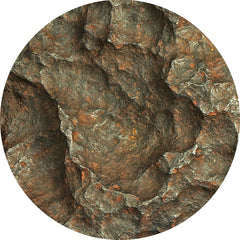 GIBEON METEORITE (39)
GIBEON METEORITE (39)
 GILA MONSTER AGATE (16)
GILA MONSTER AGATE (16)
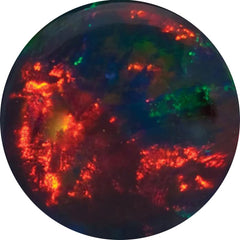 GILSON OPAL (26)
GILSON OPAL (26)
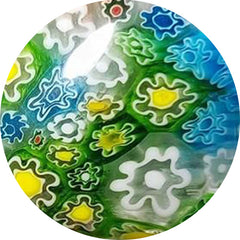 GLASS (154)
GLASS (154)
 GLOW STONE (15)
GLOW STONE (15)
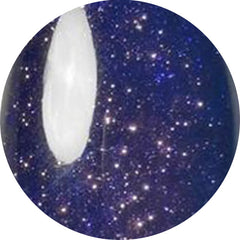 GOLDSTONE (31)
GOLDSTONE (31)
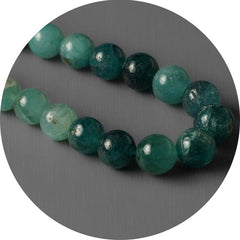 GRANDIDIERITE (10)
GRANDIDIERITE (10)
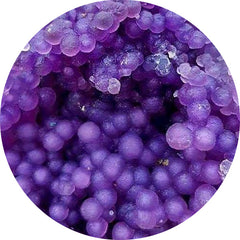 GRAPE AGATE (115)
GRAPE AGATE (115)
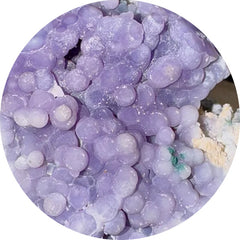 GRAPE CHALCEDONY (4)
GRAPE CHALCEDONY (4)
 Green Gemstones (418)
Green Gemstones (418)
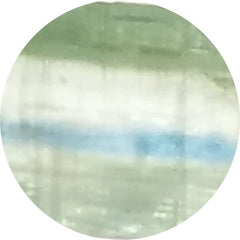 GREEN KYANITE (11)
GREEN KYANITE (11)
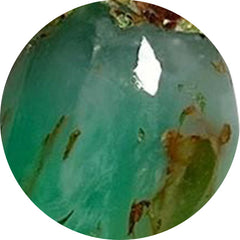 GREEN PRASE OPAL (16)
GREEN PRASE OPAL (16)
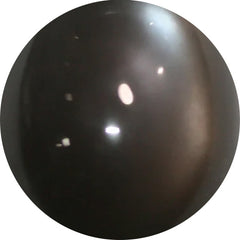 GREY MOONSTONE (31)
GREY MOONSTONE (31)
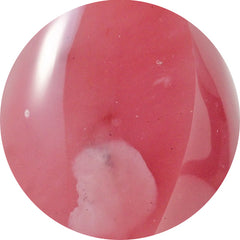 GUAVA QUARTZ (12)
GUAVA QUARTZ (12)
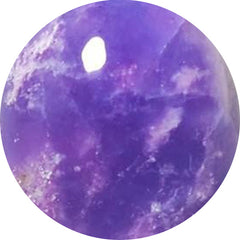 HACKMANITE (11)
HACKMANITE (11)
 HEART CARVING (352)
HEART CARVING (352)
 Heart Shape Gemstones (5)
Heart Shape Gemstones (5)
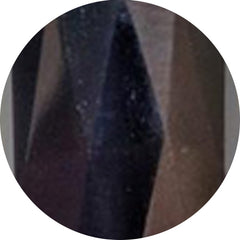 HEMATITE (25)
HEMATITE (25)
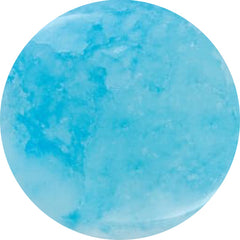 HEMIMORPHITE (55)
HEMIMORPHITE (55)
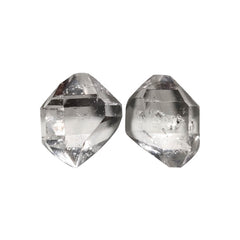 Herkimer Diamond (39)
Herkimer Diamond (39)
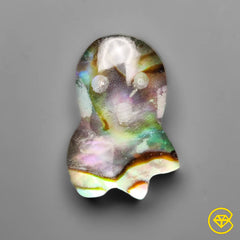 Himalayan Quartz (446)
Himalayan Quartz (446)
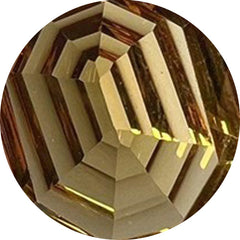 HONEY QUARTZ (19)
HONEY QUARTZ (19)
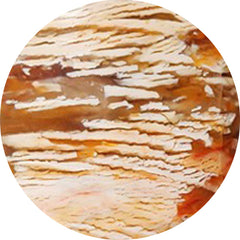 HOWARDITE OPAL (31)
HOWARDITE OPAL (31)
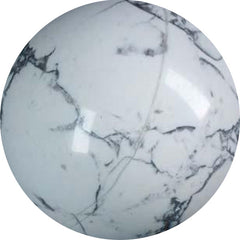 HOWLITE (3)
HOWLITE (3)
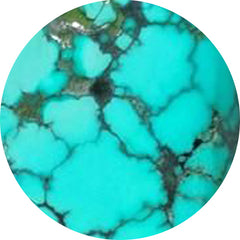 HUBEI TURQUOISE (76)
HUBEI TURQUOISE (76)
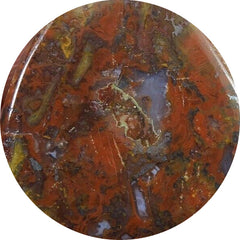 HUNGARIAN AGATE (1)
HUNGARIAN AGATE (1)
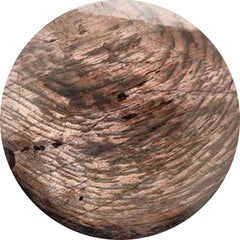 HYPERSTHENE (44)
HYPERSTHENE (44)
 ICE QUARTZ (0)
ICE QUARTZ (0)
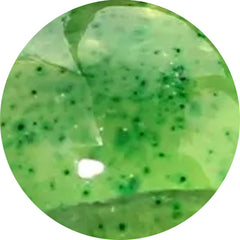 IDOCRASE (0)
IDOCRASE (0)
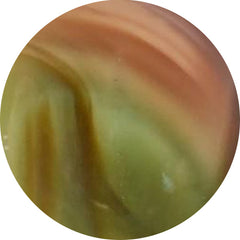 IMPERIAL JASPER (76)
IMPERIAL JASPER (76)
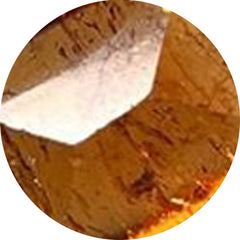 IMPERIAL TOPAZ (0)
IMPERIAL TOPAZ (0)
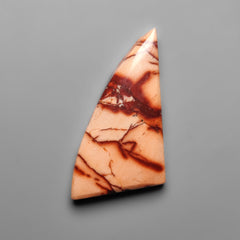 INDIAN PAINT STONE (5)
INDIAN PAINT STONE (5)
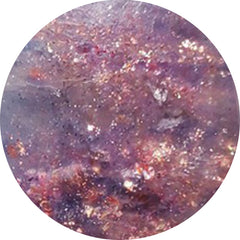 IOLITE (123)
IOLITE (123)
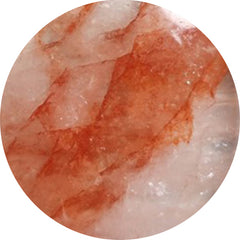 IRON QUARTZ (54)
IRON QUARTZ (54)
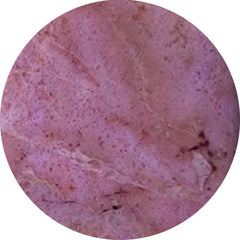 JADE (37)
JADE (37)
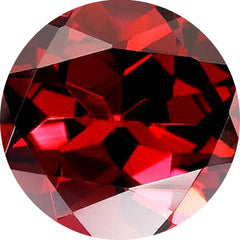 JANUARY BIRTHSTONE (117)
JANUARY BIRTHSTONE (117)
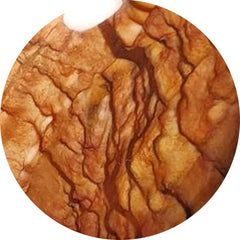 JASPERS (29)
JASPERS (29)
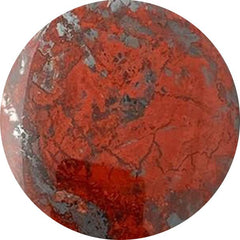 JASPILLITE (5)
JASPILLITE (5)
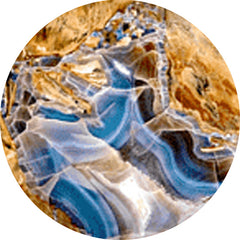 JAVA CHALCEDONY (12)
JAVA CHALCEDONY (12)
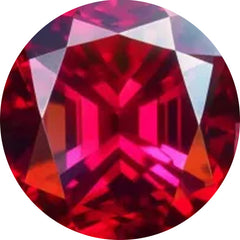 JULY BIRTHSTONE (194)
JULY BIRTHSTONE (194)
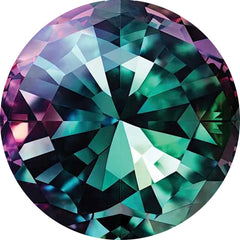 June Birthstones: Moonstone, Pearl, and Alexandrite (579)
June Birthstones: Moonstone, Pearl, and Alexandrite (579)
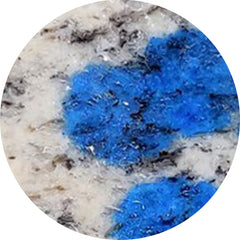 K2 JASPER (9)
K2 JASPER (9)
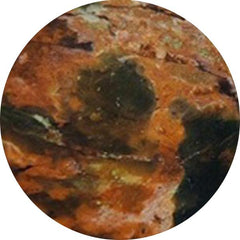 KALEIDOSCOPE AGATE (0)
KALEIDOSCOPE AGATE (0)
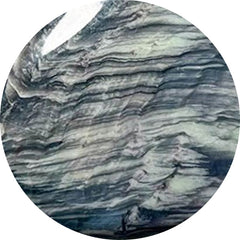 KAMMERERITE (107)
KAMMERERITE (107)
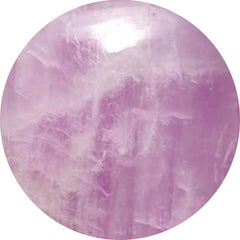 KUNZITE (10)
KUNZITE (10)
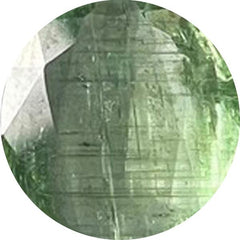 KYANITE (112)
KYANITE (112)
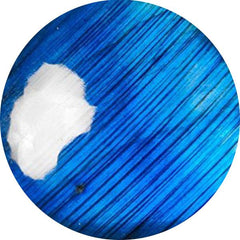 LABRADORITE (282)
LABRADORITE (282)
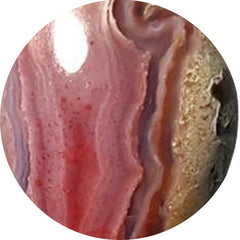 LAGUNA LACE AGATE (59)
LAGUNA LACE AGATE (59)
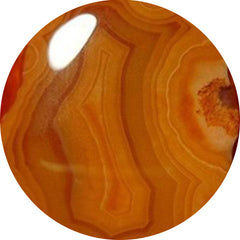 LAKE SUPERIOR AGATE (33)
LAKE SUPERIOR AGATE (33)
 LANDSCAPE JASPER (0)
LANDSCAPE JASPER (0)
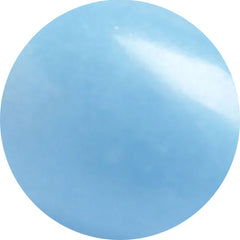 LANGITE (0)
LANGITE (0)
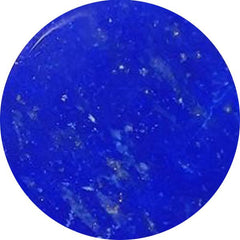 LAPIS LAZULI (169)
LAPIS LAZULI (169)
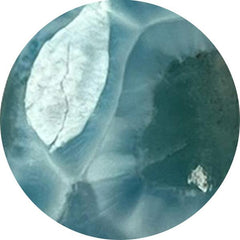 LARIMAR (110)
LARIMAR (110)
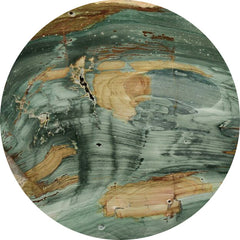 LARSONITE (19)
LARSONITE (19)
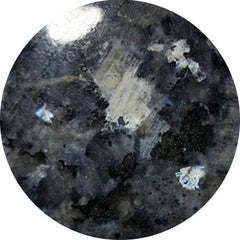 LARVIKITE FELDSPAR (45)
LARVIKITE FELDSPAR (45)
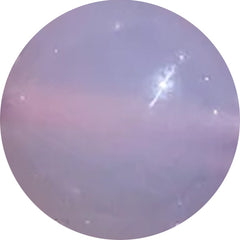 LAVENDER CHALCEDONY (28)
LAVENDER CHALCEDONY (28)
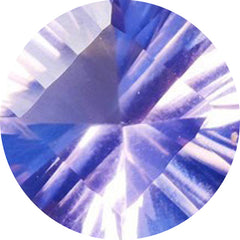 LAVENDER QUARTZ (5)
LAVENDER QUARTZ (5)
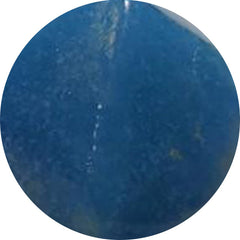 LAZULITE (8)
LAZULITE (8)
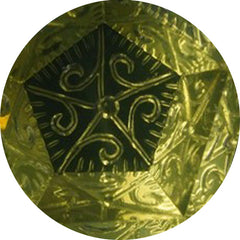 LEMON QUARTZ (42)
LEMON QUARTZ (42)
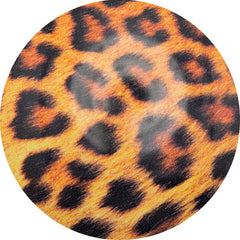 LEOPARD SKIN SHELL (0)
LEOPARD SKIN SHELL (0)
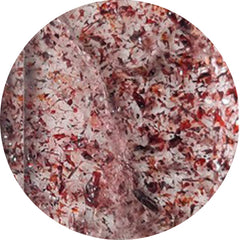 LEPIDOCROCITE (10)
LEPIDOCROCITE (10)
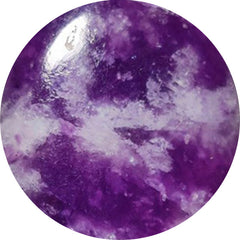 LEPIDOLITE (53)
LEPIDOLITE (53)
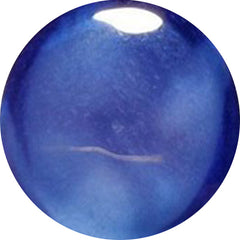 LINDY STAR SAPPHIRE (0)
LINDY STAR SAPPHIRE (0)
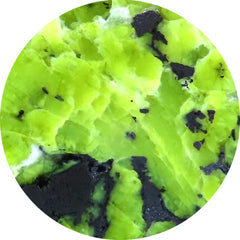 LIZARDITE (58)
LIZARDITE (58)
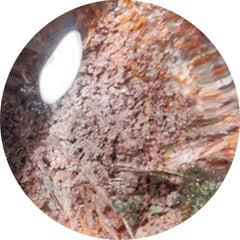 LODOLITE (99)
LODOLITE (99)
 LONDON BLUE TOPAZ (25)
LONDON BLUE TOPAZ (25)
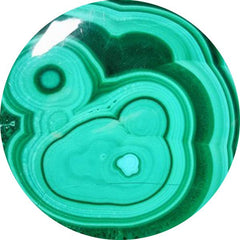 MALACHITE (610)
MALACHITE (610)
 Malawi Moonstone (18)
Malawi Moonstone (18)
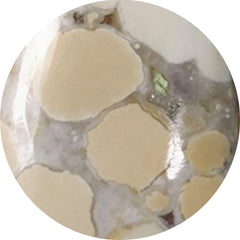 MALIGANO JASPER (52)
MALIGANO JASPER (52)
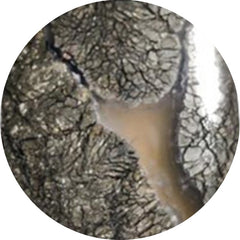 MARCASITE (26)
MARCASITE (26)
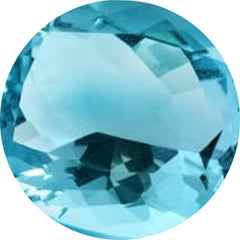 MARCH BIRTHSTONE (69)
MARCH BIRTHSTONE (69)
 Marquise Shape Gemstones (6)
Marquise Shape Gemstones (6)
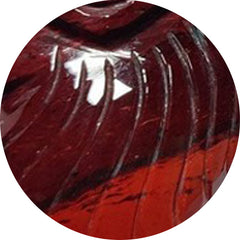 MARY ELLEN JASPER (0)
MARY ELLEN JASPER (0)
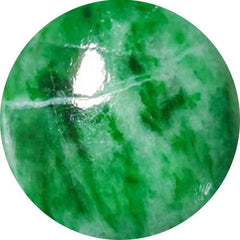 MAW SIT SIT (23)
MAW SIT SIT (23)
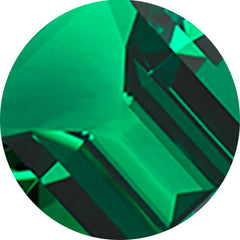 MAY BIRTHSTONE (70)
MAY BIRTHSTONE (70)
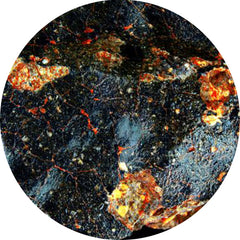 METEORITE (39)
METEORITE (39)
 MICA (16)
MICA (16)
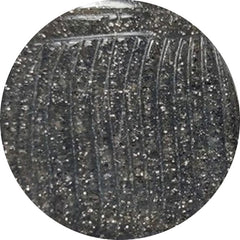 MIDNIGHT QUARTZITE (21)
MIDNIGHT QUARTZITE (21)
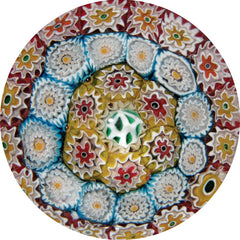 MILLEFIORI GLASS (2)
MILLEFIORI GLASS (2)
 MOHAVE TURQUOISE (110)
MOHAVE TURQUOISE (110)
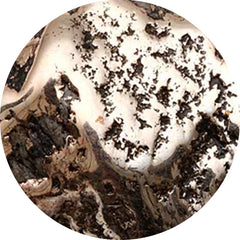 MOHAWKITES (0)
MOHAWKITES (0)
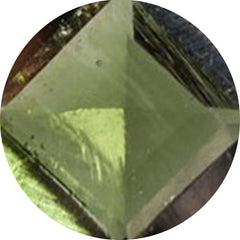 MOLDAVITE (33)
MOLDAVITE (33)
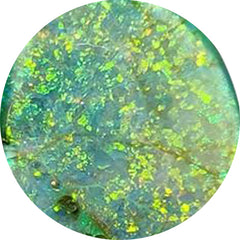 MONARCH OPAL (11)
MONARCH OPAL (11)
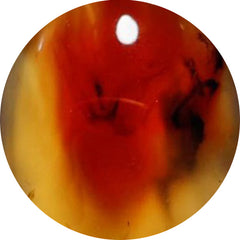 MONTANA AGATE (89)
MONTANA AGATE (89)
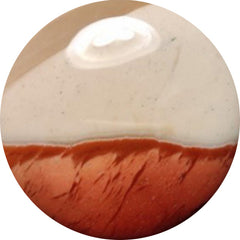 MOOKAITE (36)
MOOKAITE (36)
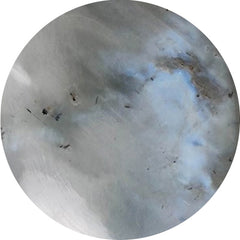 MOONSTONE (276)
MOONSTONE (276)
 MORADO OPAL (1)
MORADO OPAL (1)
 Morenci Turquoise (0)
Morenci Turquoise (0)
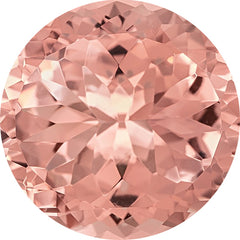 MORGANITE (0)
MORGANITE (0)
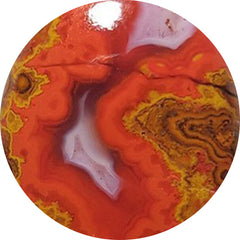 MOROCCAN SEAM AGATE (102)
MOROCCAN SEAM AGATE (102)
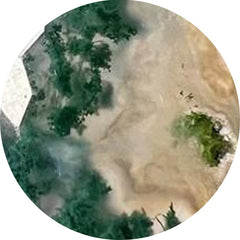 MOSS AGATE (410)
MOSS AGATE (410)
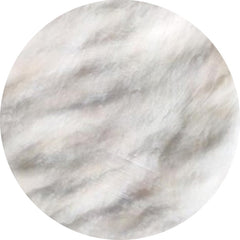 MOTHER OF PEARL (444)
MOTHER OF PEARL (444)
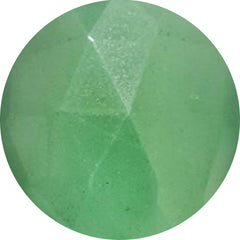 MTOROLITE (46)
MTOROLITE (46)
 Mughal Carving (544)
Mughal Carving (544)
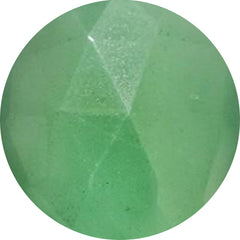 MUSCOVITE (21)
MUSCOVITE (21)
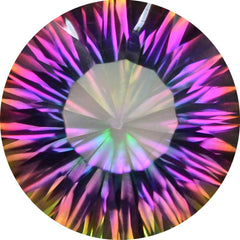 MYSTIC QUARTZ (1)
MYSTIC QUARTZ (1)
 NATIVE COPPER (35)
NATIVE COPPER (35)
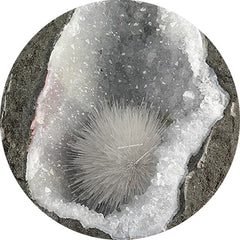 NATROLITE (26)
NATROLITE (26)
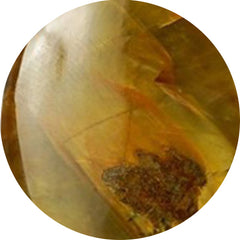 NELLITE (8)
NELLITE (8)
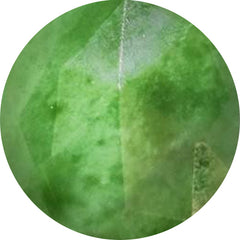 NEPHRITE JADE (6)
NEPHRITE JADE (6)
 New Arrivals (449)
New Arrivals (449)
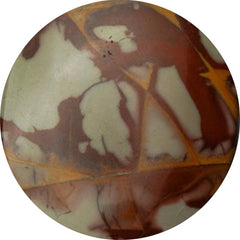 NOREENA JASPER (37)
NOREENA JASPER (37)
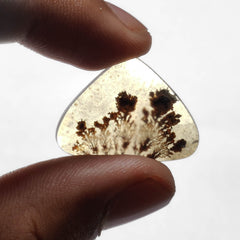 NOVEMBER BIRTHSTONE (98)
NOVEMBER BIRTHSTONE (98)
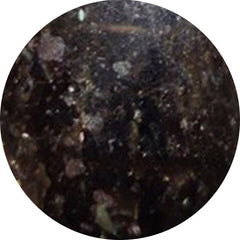 NUUMMITE (0)
NUUMMITE (0)
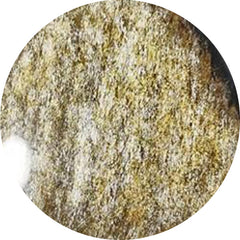 OBSIDIAN (359)
OBSIDIAN (359)
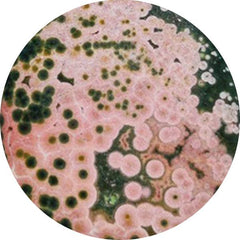 OCEAN JASPER (270)
OCEAN JASPER (270)
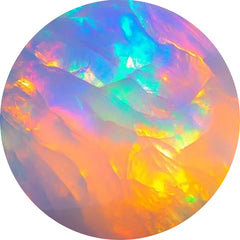 OCTOBER BIRTHSTONE (187)
OCTOBER BIRTHSTONE (187)
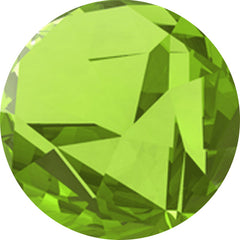 OLIVE QUARTZ (6)
OLIVE QUARTZ (6)
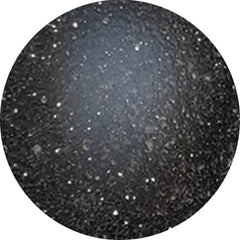 ONYX (287)
ONYX (287)
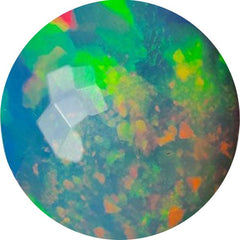 Opal (1069)
Opal (1069)
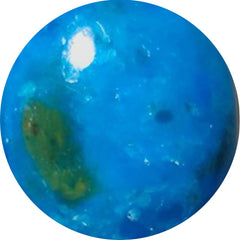 OPALINA (12)
OPALINA (12)
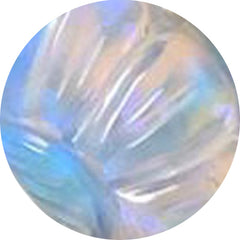 OPALITE (25)
OPALITE (25)
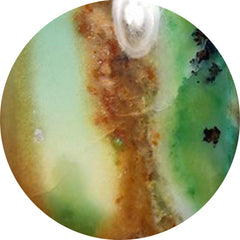 OPALWOOD (5)
OPALWOOD (5)
 Orange Gemstones (307)
Orange Gemstones (307)
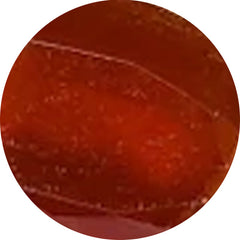 ORANGE KYANITE (5)
ORANGE KYANITE (5)
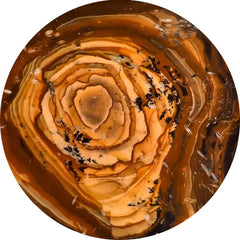 OREGON JASPER (8)
OREGON JASPER (8)
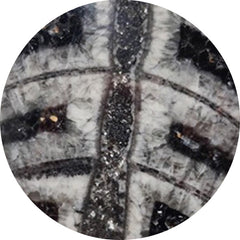 ORTHOCERAS FOSSIL (43)
ORTHOCERAS FOSSIL (43)
 Out of stock products (6)
Out of stock products (6)
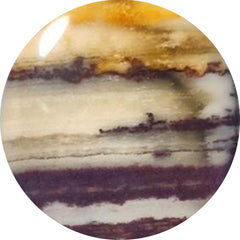 OUTBACK JASPER (5)
OUTBACK JASPER (5)
 Oval Shape Gemstones (7)
Oval Shape Gemstones (7)
 OVER $50 (199)
OVER $50 (199)
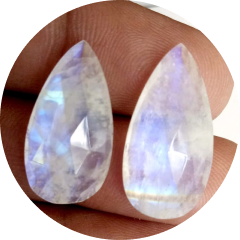 Pairs (1060)
Pairs (1060)
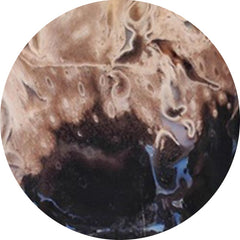 PALMROOT AGATE (63)
PALMROOT AGATE (63)
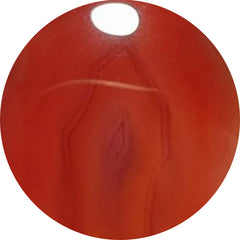 PASSION AGATE (1)
PASSION AGATE (1)
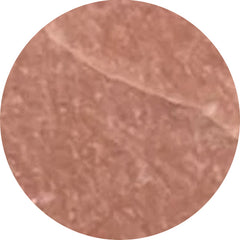 PEACH MOONSTONE (49)
PEACH MOONSTONE (49)
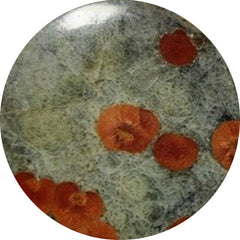 PEANUT OBSIDIAN (43)
PEANUT OBSIDIAN (43)
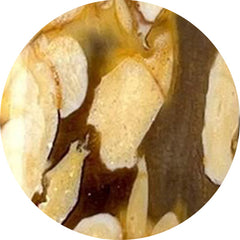 PEANUT WOOD JASPER (94)
PEANUT WOOD JASPER (94)
 Pear Shape Gemstones (11)
Pear Shape Gemstones (11)
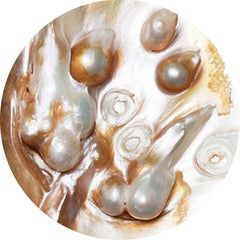 PEARL (579)
PEARL (579)
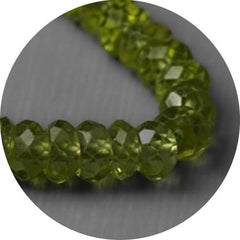 PERIDOT (28)
PERIDOT (28)
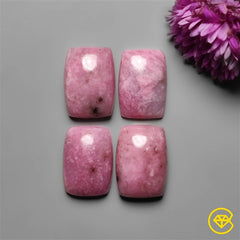 PETALITE (23)
PETALITE (23)
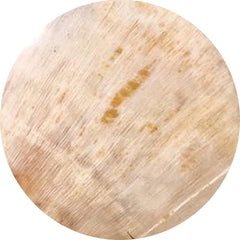 PETRIFIED WOOD (35)
PETRIFIED WOOD (35)
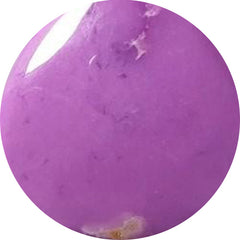 PHOSPHOSIDERITE (95)
PHOSPHOSIDERITE (95)
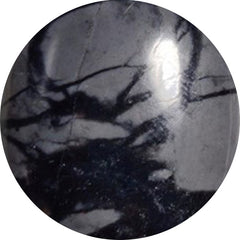 PICASSO JASPER (77)
PICASSO JASPER (77)
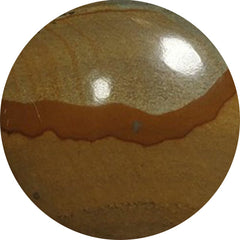 PICTURE JASPER (78)
PICTURE JASPER (78)
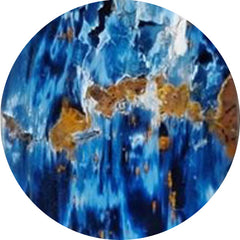 PIETERSITE (64)
PIETERSITE (64)
 Pink Gemstones (415)
Pink Gemstones (415)
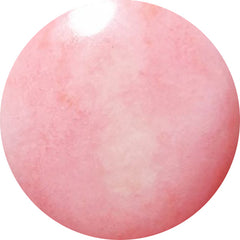 PINK OPAL (151)
PINK OPAL (151)
 PINOLITH (40)
PINOLITH (40)
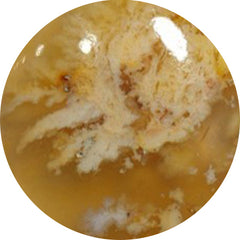 PLUME AGATE (73)
PLUME AGATE (73)
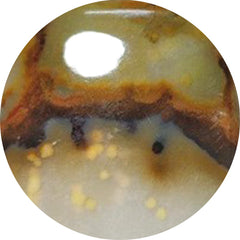 POLKA DOT AGATE (46)
POLKA DOT AGATE (46)
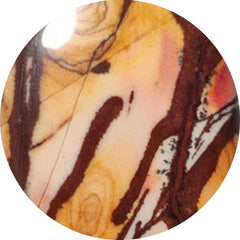 POLYCHROME JASPER (46)
POLYCHROME JASPER (46)
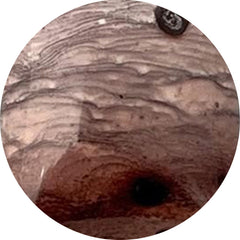 PORCELAIN JASPER (28)
PORCELAIN JASPER (28)
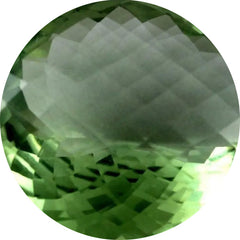 PRASIOLITE (50)
PRASIOLITE (50)
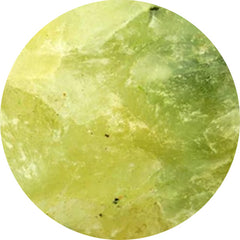 PREHNITE (24)
PREHNITE (24)
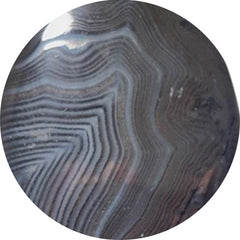 PSILOMELANE (24)
PSILOMELANE (24)
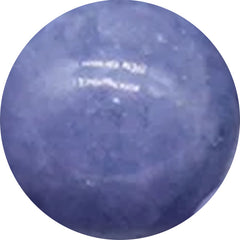 PURPLE CHALCEDONY (45)
PURPLE CHALCEDONY (45)
 Purple Gemstones (846)
Purple Gemstones (846)
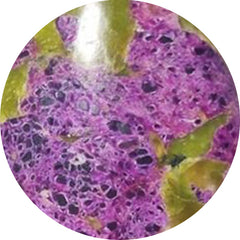 PURPURITE (6)
PURPURITE (6)
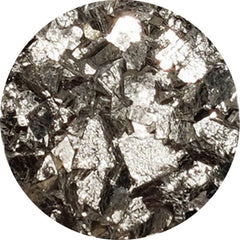 PYRITE (141)
PYRITE (141)
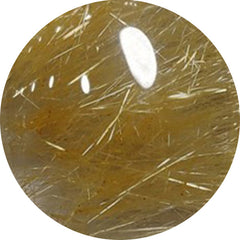 QUARTZ (136)
QUARTZ (136)
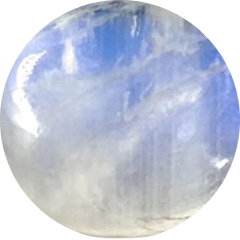 Rain Moonstones (0)
Rain Moonstones (0)
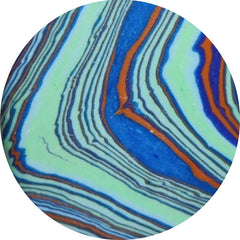 RAINBOW CALCILICA (13)
RAINBOW CALCILICA (13)
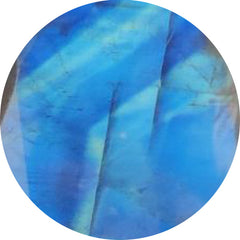 RAINBOW MOONSTONE (87)
RAINBOW MOONSTONE (87)
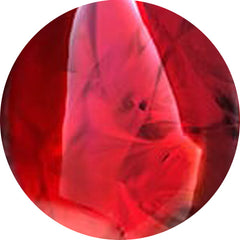 RED FOSSIL (0)
RED FOSSIL (0)
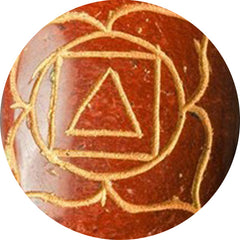 RED JASPER (3)
RED JASPER (3)
 Red Moss Agate (91)
Red Moss Agate (91)
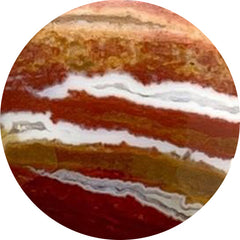 RED RIVER JASPER (16)
RED RIVER JASPER (16)
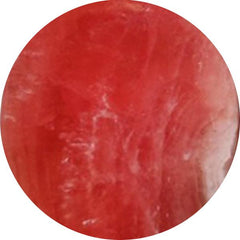 RHODOCHROSITE (336)
RHODOCHROSITE (336)
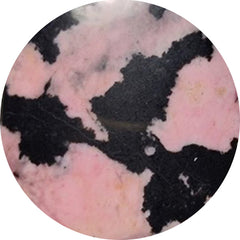 RHODONITE (81)
RHODONITE (81)
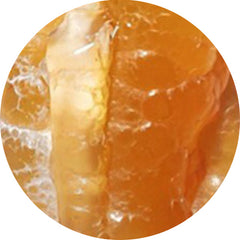 ROCK CHALCEDONY (2)
ROCK CHALCEDONY (2)
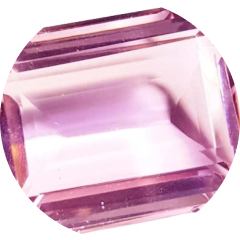 Rose Cut Gemstones (714)
Rose Cut Gemstones (714)
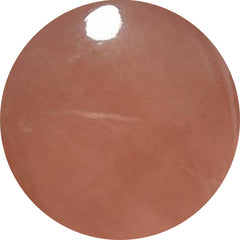 ROSE QUARTZ (61)
ROSE QUARTZ (61)
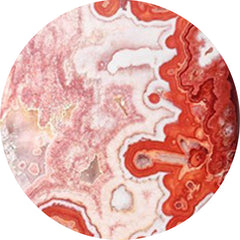 ROSITA JASPER (13)
ROSITA JASPER (13)
 Round Shape Gemstones (9)
Round Shape Gemstones (9)
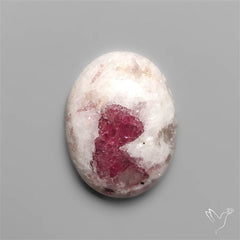 Rubellite (17)
Rubellite (17)
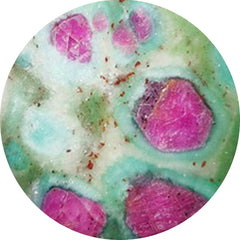 RUBY IN FUCHSITE (6)
RUBY IN FUCHSITE (6)
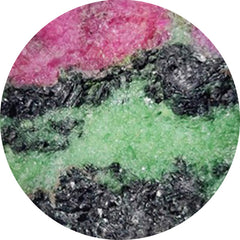 RUBY IN ZOISITE (97)
RUBY IN ZOISITE (97)
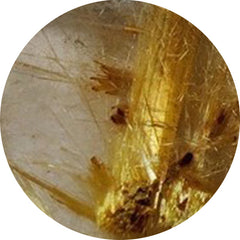 RUTILATED QUARTZ (236)
RUTILATED QUARTZ (236)
 SAGE BRUSH JASPER (0)
SAGE BRUSH JASPER (0)
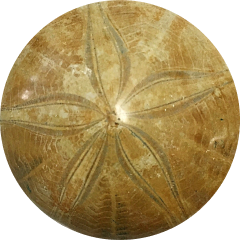 SAND DOLLAR FOSSIL (6)
SAND DOLLAR FOSSIL (6)
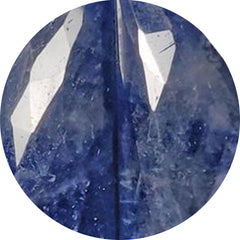 SAPPHIRE (38)
SAPPHIRE (38)
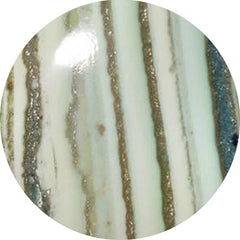 SATURN CHALCEDONY (64)
SATURN CHALCEDONY (64)
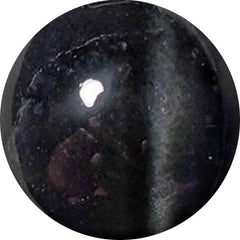 SCAPOLITE (13)
SCAPOLITE (13)
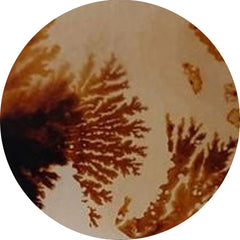 SCENIC AGATE (171)
SCENIC AGATE (171)
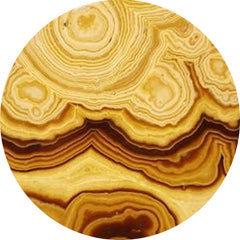 SCHALENBLENDE (104)
SCHALENBLENDE (104)
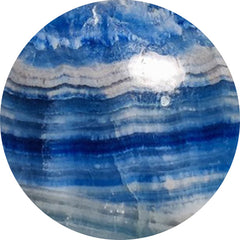 SCHEELITE (37)
SCHEELITE (37)
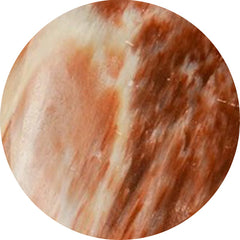 SCOLECITE (50)
SCOLECITE (50)
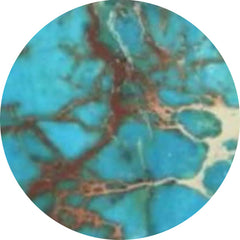 SEA SEDIMENT JASPER (2)
SEA SEDIMENT JASPER (2)
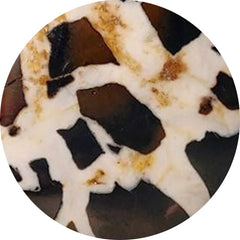 SEPTARIAN (97)
SEPTARIAN (97)
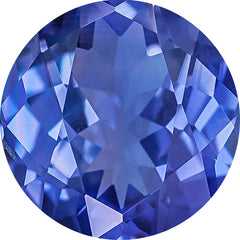 SEPTEMBER BIRTHSTONE (171)
SEPTEMBER BIRTHSTONE (171)
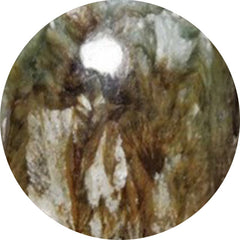 SERAPHINITE (65)
SERAPHINITE (65)
 SERPENTINE (175)
SERPENTINE (175)
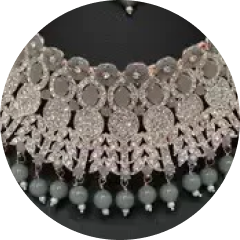 SETS (0)
SETS (0)
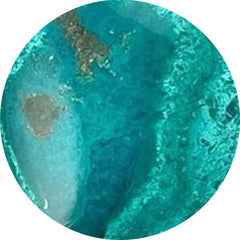 SHATTUCKITE (287)
SHATTUCKITE (287)
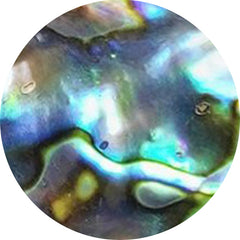 SHELL (296)
SHELL (296)
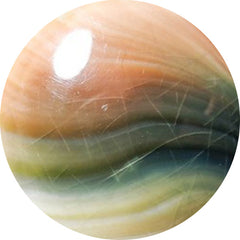 SHIVA EYE SHELL (51)
SHIVA EYE SHELL (51)
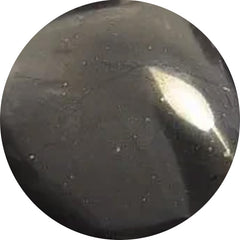 SHUNGITE (5)
SHUNGITE (5)
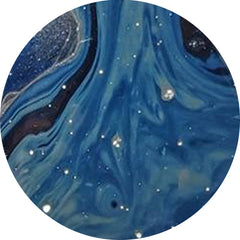 SIEBER AGATE (0)
SIEBER AGATE (0)
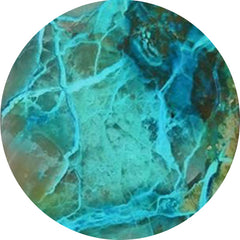 SILICA (4)
SILICA (4)
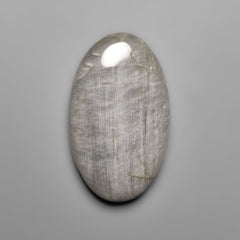 Silver Leaf Jasper (10)
Silver Leaf Jasper (10)
 SKY BLUE TOPAZ (6)
SKY BLUE TOPAZ (6)
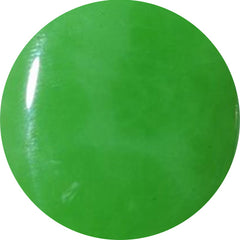 SMITHSONITE (38)
SMITHSONITE (38)
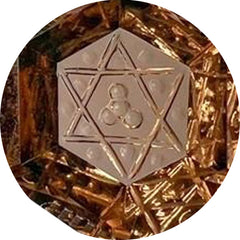 SMOKY QUARTZ (23)
SMOKY QUARTZ (23)
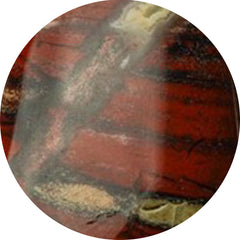 SNAKESKIN JASPER (57)
SNAKESKIN JASPER (57)
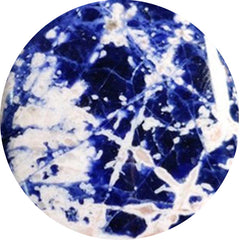 SODALITE (83)
SODALITE (83)
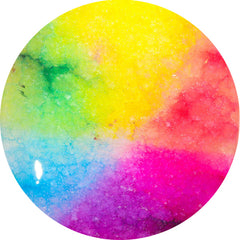 SOLAR AGATE (0)
SOLAR AGATE (0)
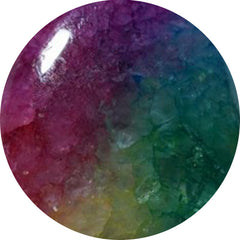 SOLAR QUARTZ (53)
SOLAR QUARTZ (53)
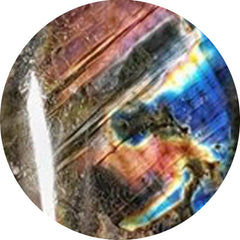 SPECTROLITE (44)
SPECTROLITE (44)
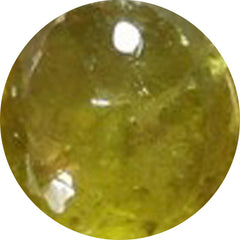 SPHENCE (22)
SPHENCE (22)
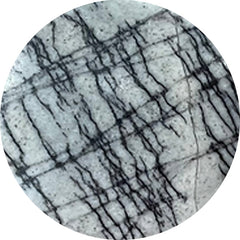 SPIDERWEB JASPER (5)
SPIDERWEB JASPER (5)
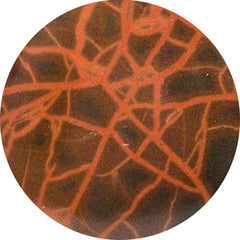 SPIDERWOMAN JASPER (0)
SPIDERWOMAN JASPER (0)
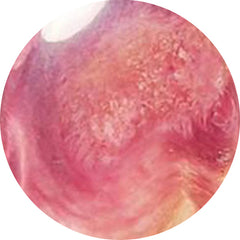 SPINY OYSTER SHELL (67)
SPINY OYSTER SHELL (67)
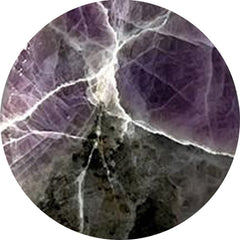 SPURRITE (8)
SPURRITE (8)
 Square Shape Gemstones (5)
Square Shape Gemstones (5)
 STARBURST (1)
STARBURST (1)
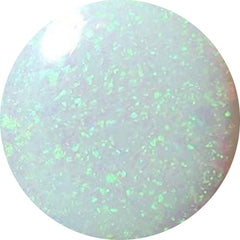 STERLING OPAL (2)
STERLING OPAL (2)
 Stichtite (39)
Stichtite (39)
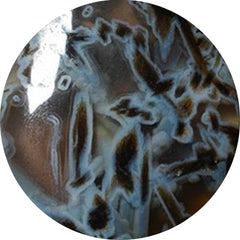 STICK AGATE (9)
STICK AGATE (9)
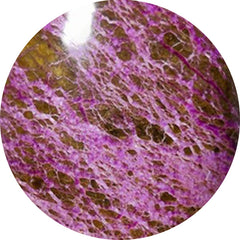 STITCHTITE (119)
STITCHTITE (119)
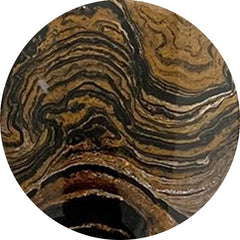 STRAMATOLITE (0)
STRAMATOLITE (0)
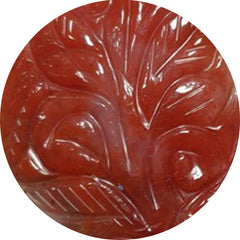 STRAWBERRY QUARTZ (6)
STRAWBERRY QUARTZ (6)
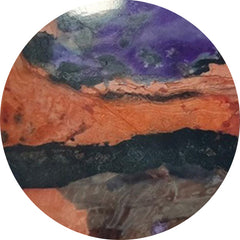 SUGILITE (1)
SUGILITE (1)
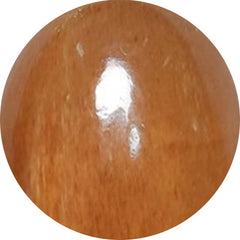 SUNSTONE (188)
SUNSTONE (188)
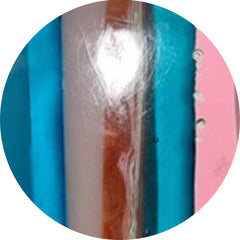 SURFITE (0)
SURFITE (0)
 SWISS BLUE TOPAZ (38)
SWISS BLUE TOPAZ (38)
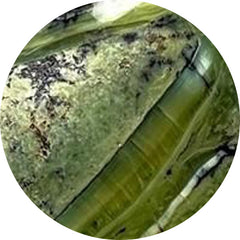 SWISS OPAL (2)
SWISS OPAL (2)
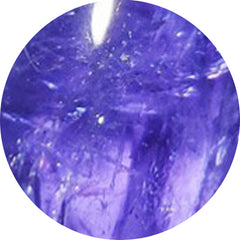 TANZANITE (33)
TANZANITE (33)
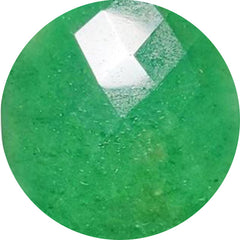 TANZURINE (12)
TANZURINE (12)
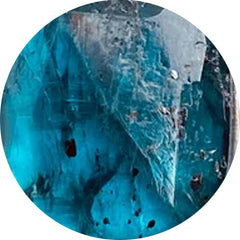 TEAL KYANITE (11)
TEAL KYANITE (11)
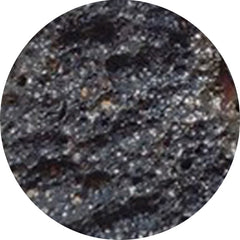 TEKTITE (42)
TEKTITE (42)
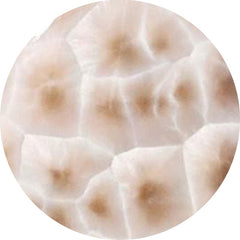 THOMSONITE (33)
THOMSONITE (33)
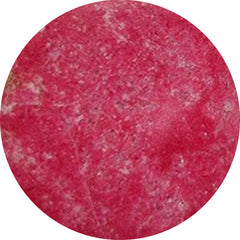 THULITE (84)
THULITE (84)
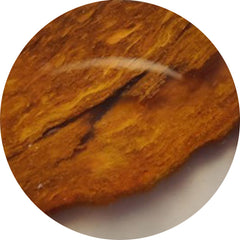 THUNDER EGG AGATE (0)
THUNDER EGG AGATE (0)
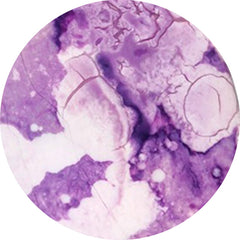 TIFFANY STONE (7)
TIFFANY STONE (7)
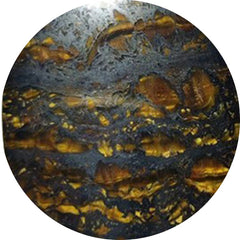 TIGER EYE (72)
TIGER EYE (72)
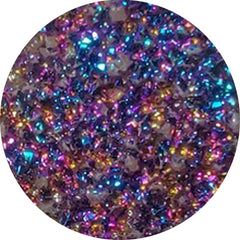 TITANIUM DRUZY (9)
TITANIUM DRUZY (9)
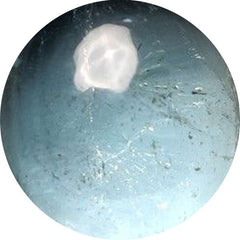 TOPAZ (72)
TOPAZ (72)
 TOURMALINE (201)
TOURMALINE (201)
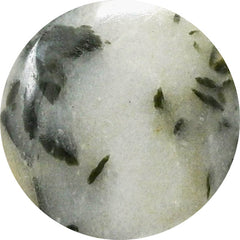 TOURMALINE IN QUARTZ (94)
TOURMALINE IN QUARTZ (94)
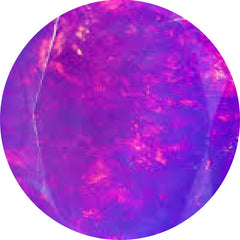 TREATED OPAL (44)
TREATED OPAL (44)
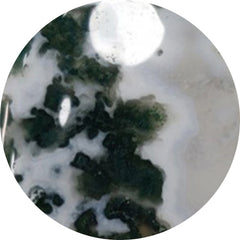 TREE AGATE (31)
TREE AGATE (31)
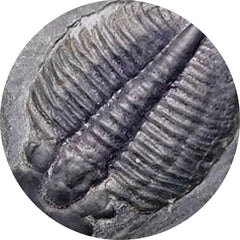 TRILOBITE FOSSIL (14)
TRILOBITE FOSSIL (14)
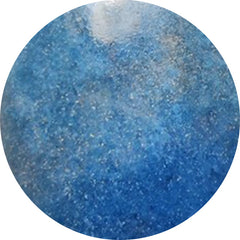 TROLLEITE QUARTZ (36)
TROLLEITE QUARTZ (36)
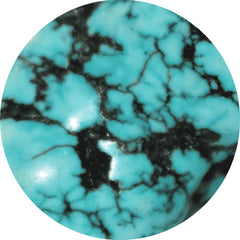 TUMBLES (1)
TUMBLES (1)
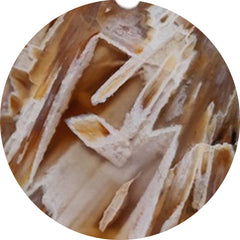 TURKISH TUBE AGATE (74)
TURKISH TUBE AGATE (74)
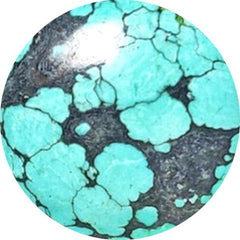 TURQUOISE (362)
TURQUOISE (362)
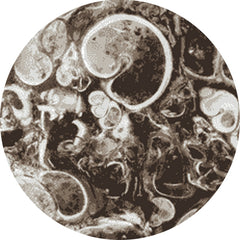 TURRITELLA JASPER (3)
TURRITELLA JASPER (3)
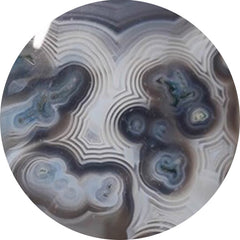 TUXEDO AGATE (76)
TUXEDO AGATE (76)
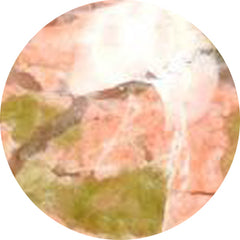 Unakite (4)
Unakite (4)
 UNDER $10 (4130)
UNDER $10 (4130)
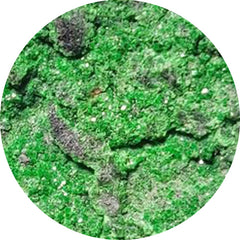 UVAROVITE GARNET (4)
UVAROVITE GARNET (4)
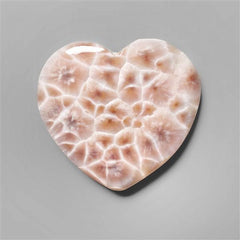 Valentine (742)
Valentine (742)
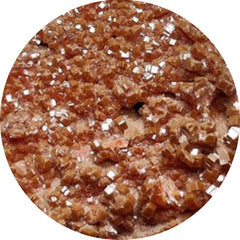 VANADINITE DRUZY (11)
VANADINITE DRUZY (11)
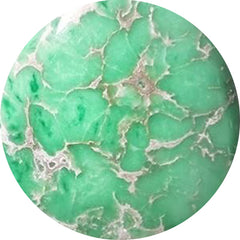 VARISCITE (150)
VARISCITE (150)
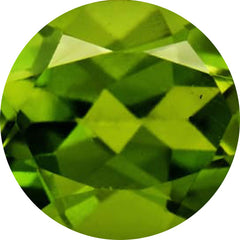 VESUVIANITE (0)
VESUVIANITE (0)
 VIVIANITE (0)
VIVIANITE (0)
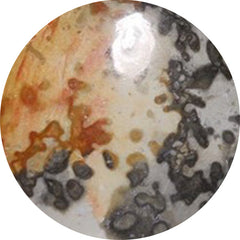 VOLCANIC COTHAM MARBLE (8)
VOLCANIC COTHAM MARBLE (8)
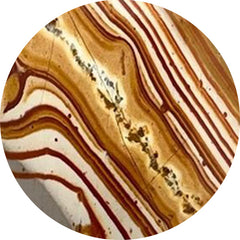 WAGUL JASPER (3)
WAGUL JASPER (3)
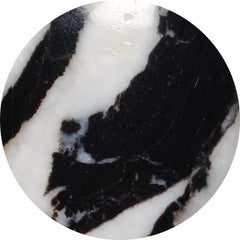 WHITE BUFFALO TURQUOISE (39)
WHITE BUFFALO TURQUOISE (39)
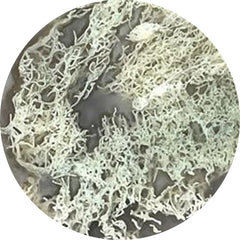 WHITE HORSE CANYON (42)
WHITE HORSE CANYON (42)
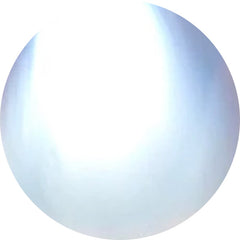 WHITE MOONSTONE (42)
WHITE MOONSTONE (42)
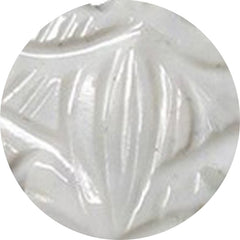 WHITE OPAL (13)
WHITE OPAL (13)
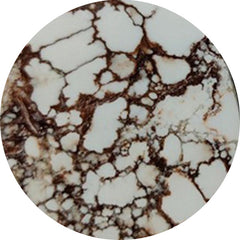 WILD HORSE JASPER (109)
WILD HORSE JASPER (109)
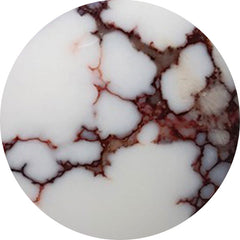 WILD HORSE MAGNESITE (52)
WILD HORSE MAGNESITE (52)
 WILLOW CREEK JASPER (5)
WILLOW CREEK JASPER (5)
 WONDER STONE (3)
WONDER STONE (3)
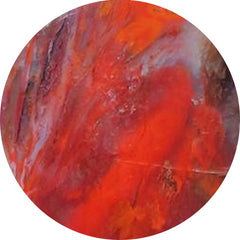 WOOD (198)
WOOD (198)
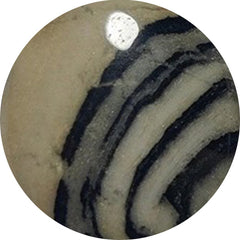 YAVAPAI TRAVERTINE (0)
YAVAPAI TRAVERTINE (0)
 Yellow Gemstones (173)
Yellow Gemstones (173)
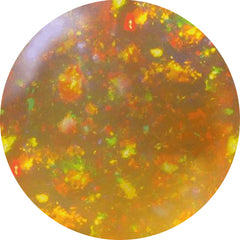 YELLOW OPAL (8)
YELLOW OPAL (8)
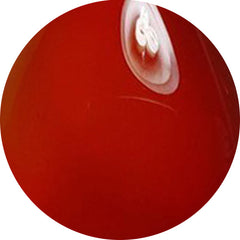 YEMENI AQEEQ (0)
YEMENI AQEEQ (0)
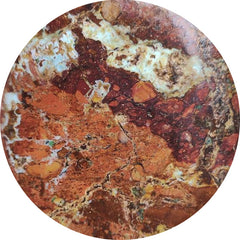 ZARINITE (0)
ZARINITE (0)
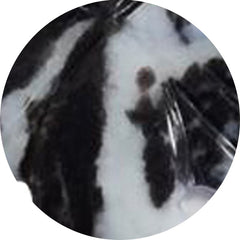 ZEBRA JASPER (1)
ZEBRA JASPER (1)
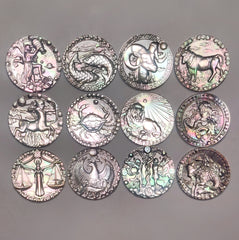 zodiac sign (1)
zodiac sign (1)
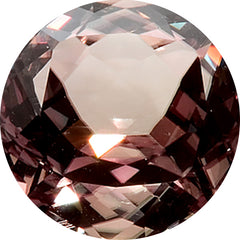 ZULTANITE (5)
ZULTANITE (5)



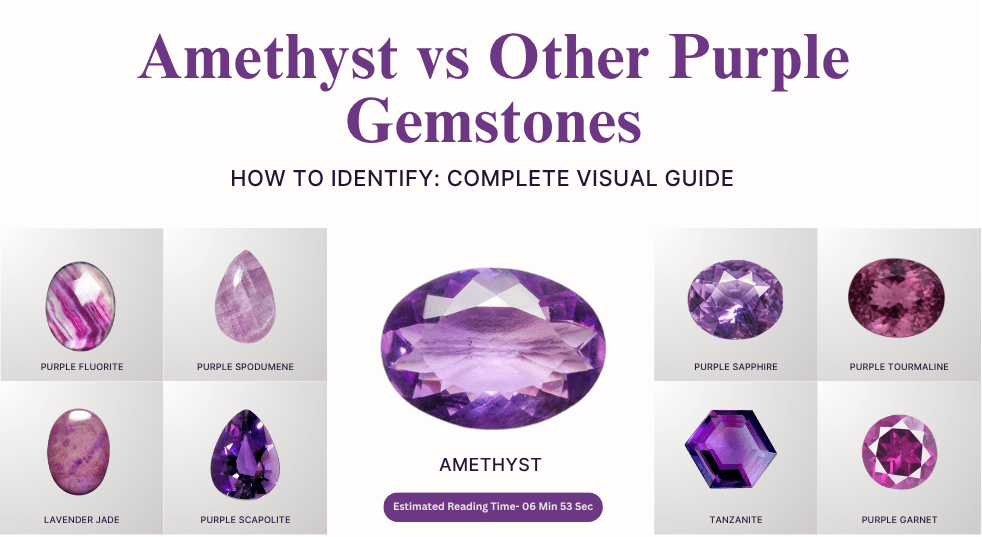












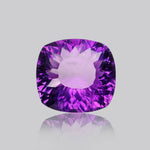
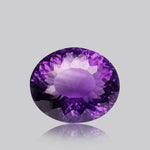
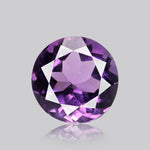
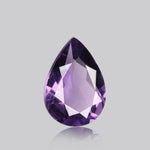
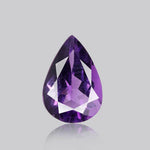
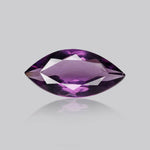
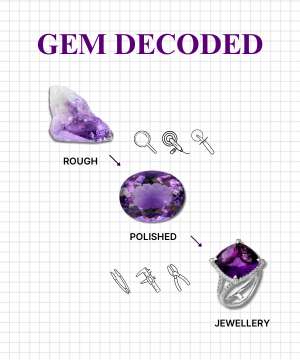











Leave a Comment